PEOPLE
Marine Ecology
Benthic Ecology
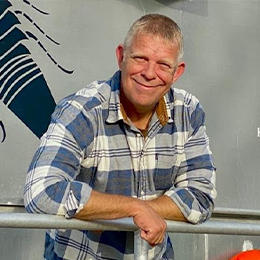
Alf Norkko
Professor, Academic Leader at TZS & Guest Professor at BSC
Benthic Ecology
Tvärminne Zoological Station, University of Helsinki; Baltic Sea Centre, Stockholm University
I am broadly interested in the biodiversity of marine ecosystems and the influence of human pressures, such as eutrophication, hypoxia, and climate change on ecosystem functioning. My particular research interests include the biodiversity of seafloor communities and their influence on carbon and nutrient transformation and retention along environmental gradients in coastal ecosystems.
My role is to advance a systems-level understanding of how biodiversity- and climate change interact to influence coastal ecosystems. I am passionate about promoting basic science as a knowledge base to support decision-making.
Keywords: marine biodiversity, ecosystem functioning, systems ecology, human pressures, coastal ecosystems
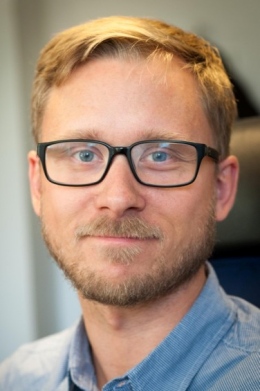
Johan Eklöf
Professor
Marine Ecology
Department of Ecology, Environment and Plant Sciences, Stockholm University
My research broadly deals with the causes and consequences of biodiversity change, mostly focusing on biodiversity of food webs in shallow, vegetated ecosystems. I’m particularly interested in how biotic interactions like predation and herbivory contributes to regulating ecosystem processes including carbon cycling, and to what extent top-down forcing influence the effectiveness of carbon sequestration as well as the sink vs source function of coastal habitats from a greenhouse gas perspective.
Keywords: food webs, carbon cycling, greenhouse gas fluxes, ecosystem functioning, coastal vegetation
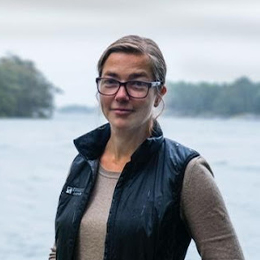
Joanna Norkko
Research Coordinator & Local Station Leader at TZS
Benthic Ecology
Tvärminne Zoological Station, University of Helsinki
I am a marine benthic ecologist with a particular interest in the links between soft-sediment invertebrate fauna and ecosystem functioning. I investigate know how environmental change, such as eutrophication, hypoxia, climate change, ocean acidification and invasive species, affects the benthic fauna and subsequently ecosystem functioning. As the local station leader at TZS, I am also responsible for research infrastructure development.
Keywords: marine biodiversity, ecosystem functioning, marine heatwaves, benthic-pelagic coupling, invasive species
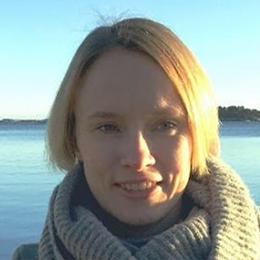
Anna Villnäs
Researcher & Coordinator
Benthic Ecology
Tvärminne Zoological Station, University of Helsinki and Baltic Sea Centre, Stockholm University
My research focuses on how structural and functional aspects of benthic biodiversity contribute to ecosystem functions and services, and how this relationship is affected by environmental change. I am currently studying the variability in benthic stoichiometry to assess the magnitude and turnover rates of benthic fauna carbon and nutrient pools in coastal ecosystems over temporal and spatial scales.
Keywords: marine biodiversity, benthic ecology, stoichiometry, ecosystem functioning, carbon and nutrient cycling
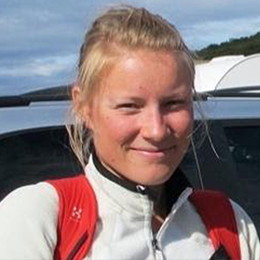
Camilla Gustafsson
Researcher
Benthic Ecology
Tvärminne Zoological Station, University of Helsinki
camilla.gustafsson@helsinki.fi
My research interests lie in marine biodiversity and ecosystem functioning with a focus on submerged vegetation such as seagrasses and other vascular aquatic plants. I am currently working on how macrophyte diversity in terms of functional traits contribute to ecosystem processes such as primary production and carbon dynamics in vegetated coastal environments across spatial and temporal scales.
Keywords: marine biodiversity, carbon cycling, seagrass, macrophyte ecology, functional traits
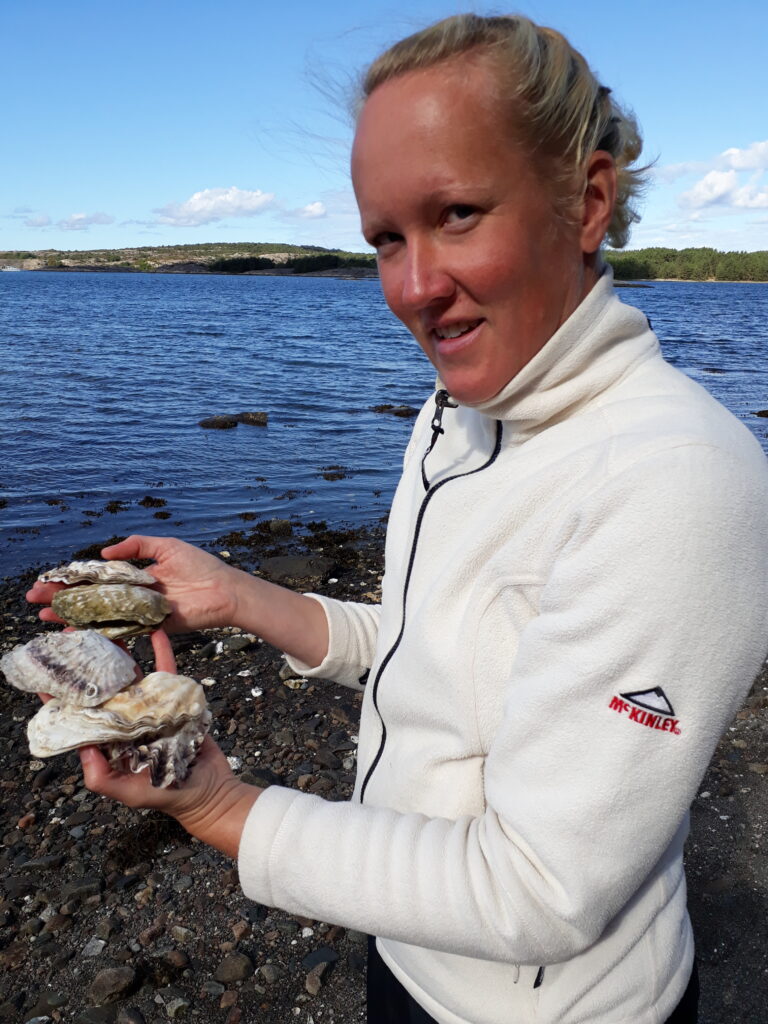
Leena Virta
Postdoc
Benthic Ecology
Tvärminne Zoological Station, University of Helsinki
My research focuses on benthic microbes in the coastal zone. Microbes, such as diatoms and bacteria, are extremely important for the functioning of the marine ecosystems, but very little is still known about them. I want to find out how climate change and benthic microbes are interconnected: 1) how does climate change modify the diversity of microbial communities?, and 2) how do the microbial communities affect climate by storing and cycling carbon and by producing greenhouse gases?
Keywords: marine biodiversity, benthic microbes, carbon cycling, greenhouse gas, functional traits

Lydia White
Postdoc
Benthic Ecology
Tvärminne Zoological Station, University of Helsinki
My research focuses on understanding links between benthic habitats and ecosystem
functioning and stability. I am currently exploring the magnitude and the dynamics of
carbon flows associated with benthic habitats, specifically macroalgae, using a combination
of in situ and laboratory approaches.
Keywords: marine biodiversity, carbon cycling, ecological stability, macrophytes, primary productivity
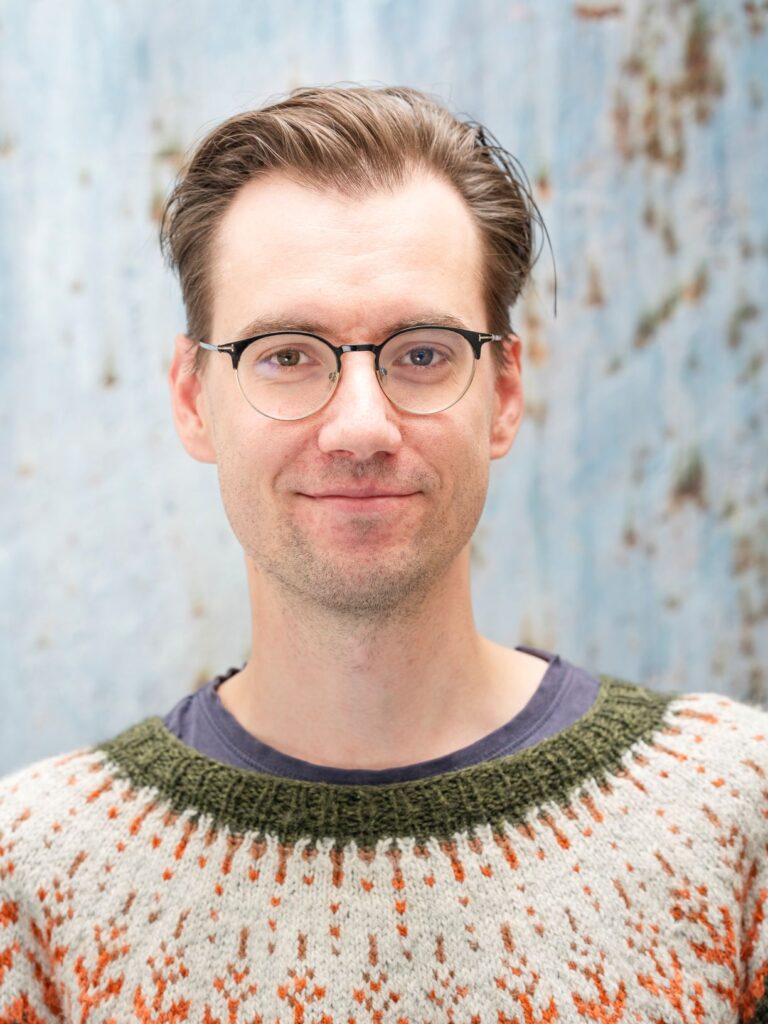
Max Gräfnings
Postdoc
Benthic Ecology
Tvärminne Zoological Station, University of Helsinki
My research focuses on vegetated coastal ecosystems and their functioning. Currently I work with submerged aquatic vegetation on many different scales; from large scale mapping-studies performed with satellite imagery to mesocosm experiments investigating release-rates of volatile organic compounds.
Keywords: coastal ecology, seagrass, remote sensing, SAV, VOC, ecological restoration
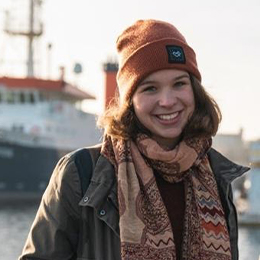
Eva Rohlfer
PhD Student
Benthic Ecology
Tvärminne Zoological Station, University of Helsinki
My research focus on benthic macrofaunal contribution to carbon cycling. I am interested in biodiversity, carbon stocks and turnover of benthic macrofauna on temporal and spatial scales to describe variation on temporal and spatial scales and the effect of stressors. Within CoastClim my research will be linked to different parts of the ecosystem to explore the role of benthic fauna within coastal carbon dynamics.
Keywords: benthic ecology, macrofauna, carbon cycling, ecosystem functioning, marine biodiversity
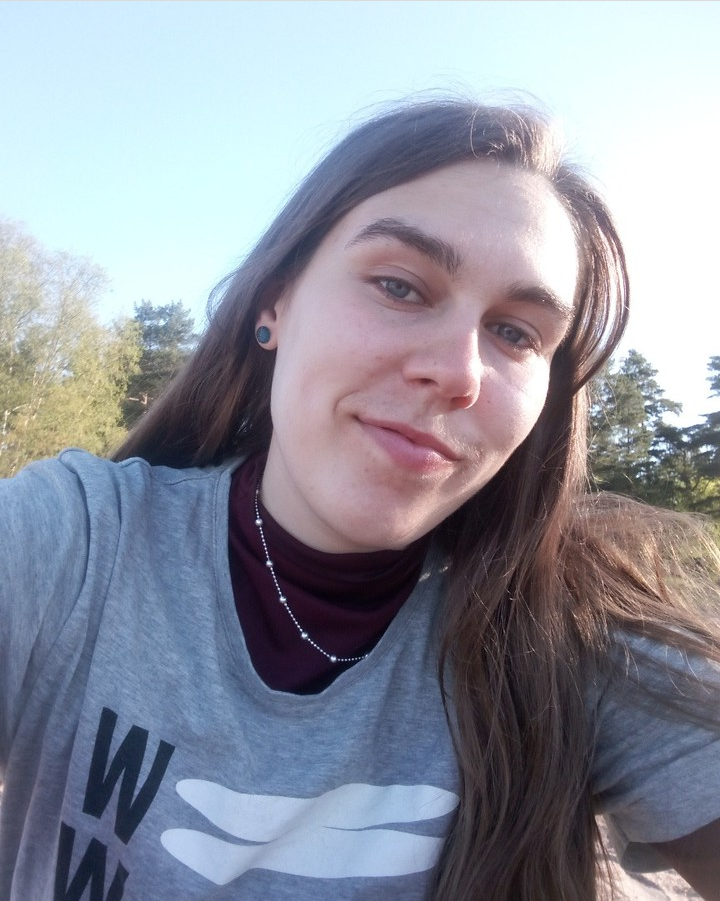
Janina Pykäri
PhD Student
Benthic Ecology
Tvärminne Zoological Station, University of Helsinki
In my research I explore the importance of littoral soft-sediment ecosystems for carbon cycling. The research focus is on very shallow benthic habitats, which usually fall between the scopes of both marine and terrestrial studies. Several components of the benthic ecosystems, such as macroinvertebrates, microphytobenthos and macrophytes will be included in the study topics.
Keywords: carbon cycling, benthic ecosystems, littoral ecosystems
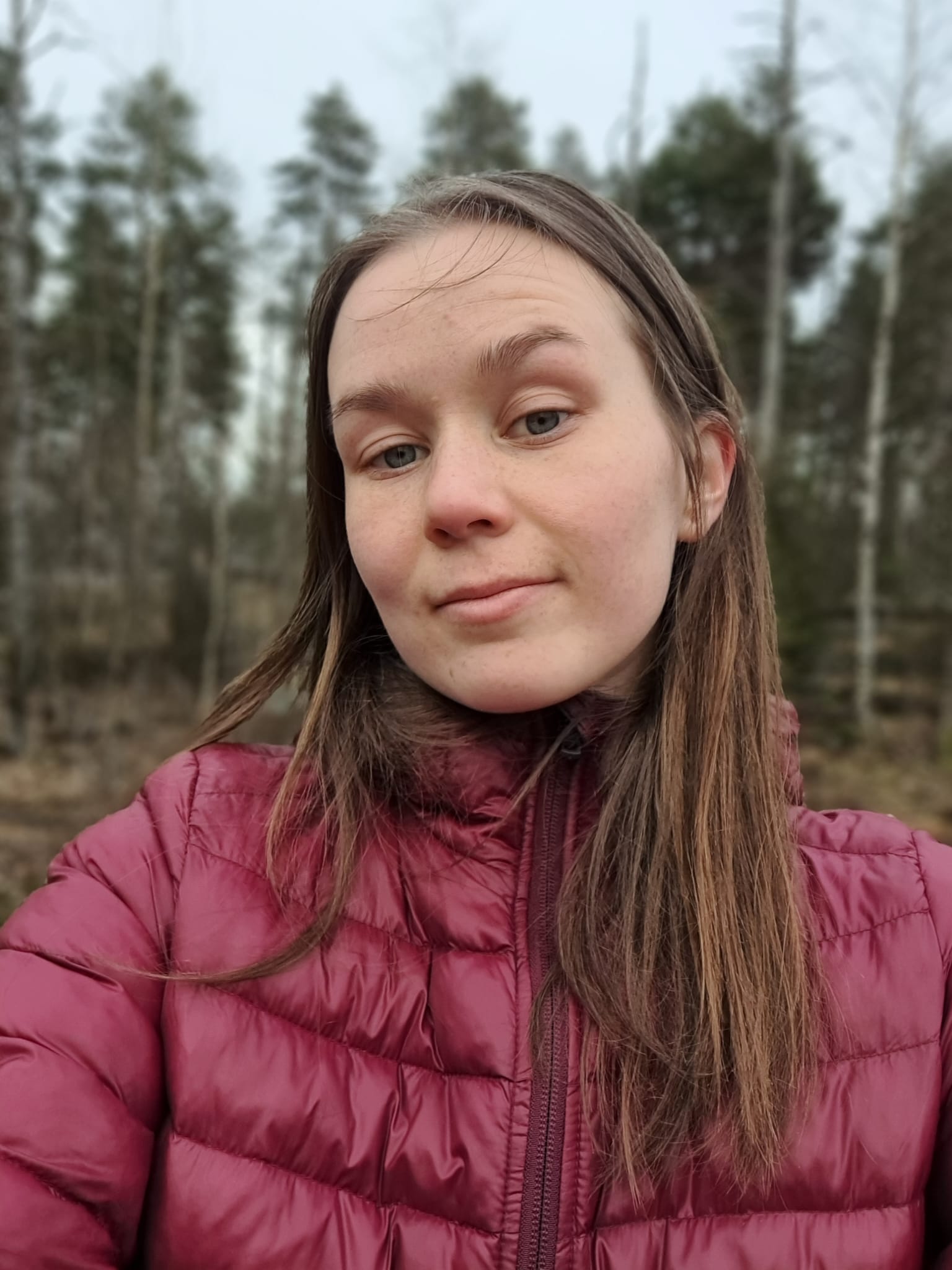
Jenna Hölttä
PhD Student
Benthic Ecology
Tvärminne Zoological Station, University of Helsinki
My research focuses on the biodiversity and ecosystem functioning of submerged vegetation. I am working on the community assembly processes (i.e. abiotic, biotic and dispersal filtering) in seagrass and other aquatic plant communities and the role of functional traits in the assembly and stability of these communities under changing conditions such as climate change.
Keywords: marine biodiversity, seagrass, functional traits, ecosystem functioning, macrophyte ecology
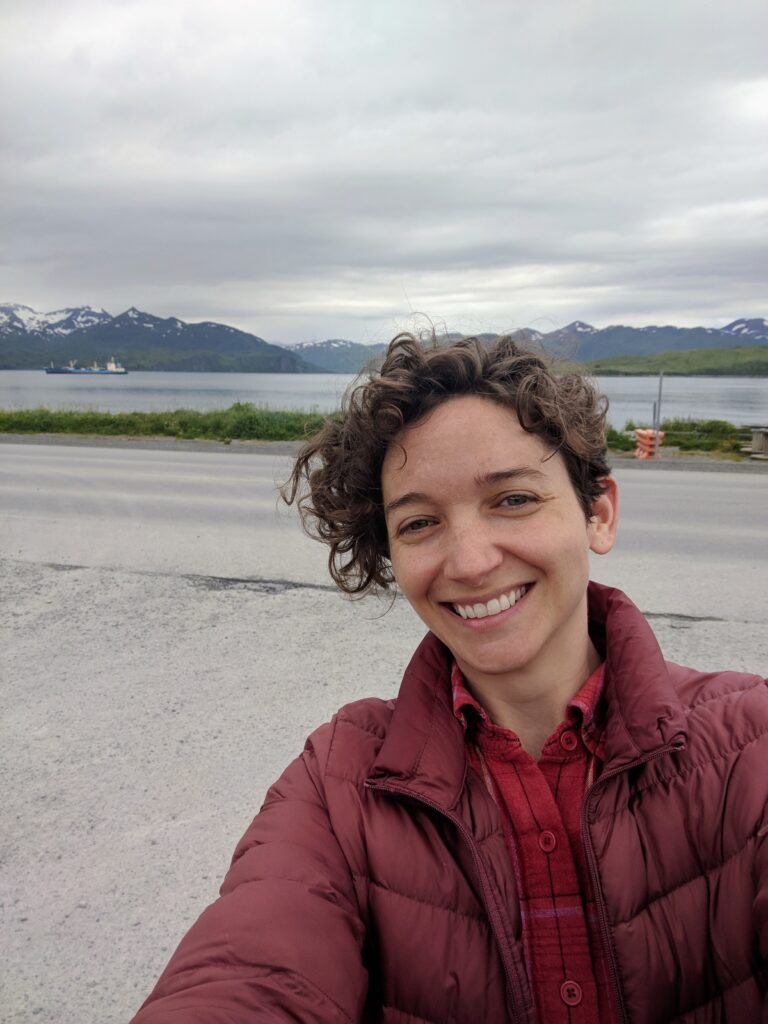
Margaret Williamson
PhD Student
Benthic Ecology
Tvärminne Zoological Station, University of Helsinki
margaret.williamson@helsinki.fi
The aim of my doctoral research is to investigate carbon cycling and dynamic factors affecting carbon sink potential in the common reed (Phragmites australis) across coastal archipelago reed belts. Plant biodiversity in littoral systems along the Baltic Sea has reduced as distribution of the reeds has expanded. However, previous research on the reed’s role in coastal carbon budgets to combat climate change has been limited. This research focuses on exploring the reed’s role in carbon cycling across temporal and spatial scales to better elucidate the reed’s role in coastal carbon budgets.
Keywords: coastal carbon cycling, blue carbon, Phragmites australis, littoral ecology, greenhouse gas fluxes, climate change, ecosystem functioning
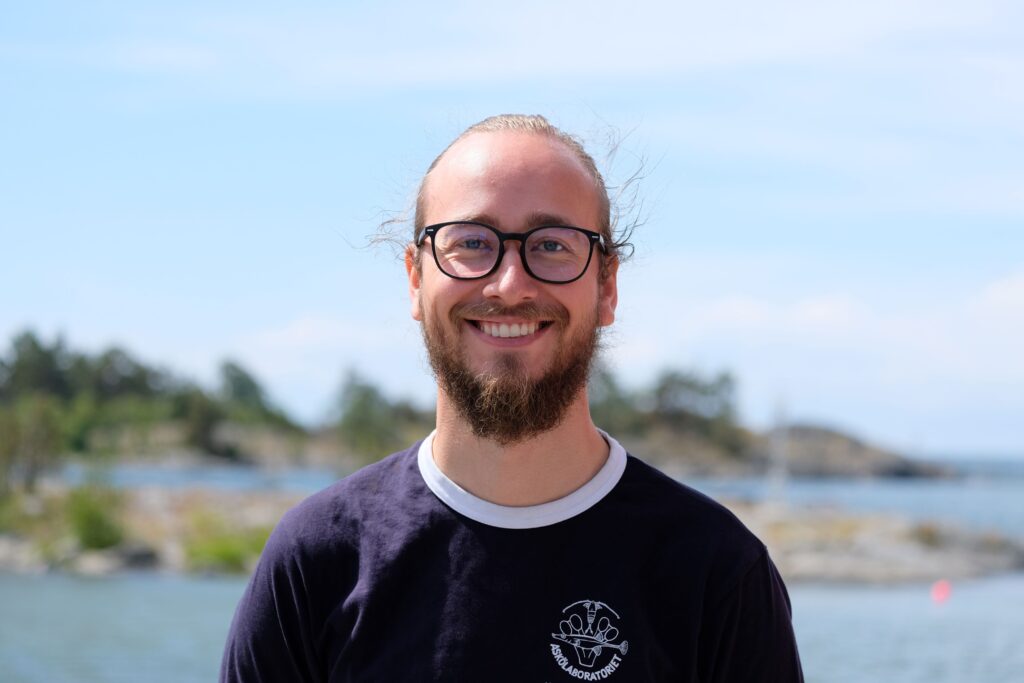
Markus Olsson
PhD Student
Benthic Ecology
Department of Ecology, Environment and Plant Sciences, Stockholm University
My research integrates ecological, and biogeochemical data to quantify the potential environmental impacts of seabed mining on Baltic benthic biodiversity and ecosystem functioning. Currently, I am focusing on assessing the temporal dynamics of recovery from seabed mining to determine if, and how long after impact, recovery takes place. The results will be implemented to further develop Environmental Risk Assessment tools that can be used by regulating authorities to evaluate risks involved with seabed mining in the Baltic Sea.
Keywords: seabed mining for rare earth minerals, impacts of Baltic biodiversity and ecosystem function, ecological risk assessment modelling
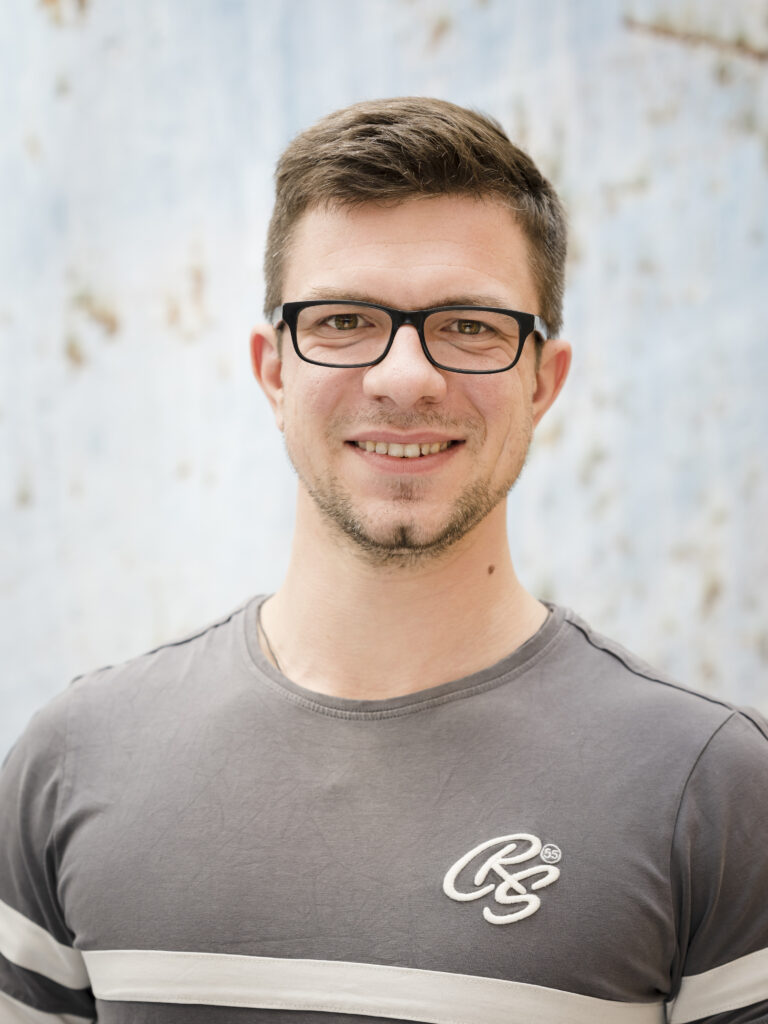
Norman Göbeler
PhD Student
Benthic Ecology
Tvärminne Zoological Station, University of Helsinki
The intensity and frequency of marine heatwaves have increased globally not sparing an already stressed Baltic Sea. My research focuses on the impact of such episodic events on benthic communities and the maintenance of their respective ecosystem functioning of bioturbation and nutrient cycling. Organisms possess different strategies in adapting to changing environmental conditions – but what are the consequences of prompt, intense changes? Also, I will assess what habitats (seagrass meadows, bladder wrack belt, etc.) are most susceptible to marine heatwaves.
Keywords: marine biodiversity, climate change, extreme events, benthic ecology, marine heatwaves
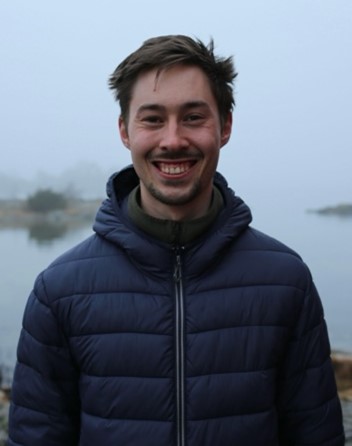
Moritz Nusser
PhD Student
Benthic Ecology
Department of Ecology, Environment and Plant Sciences, Stockholm University
My research investigates how bioturbation by benthic infauna influences greenhouse gas fluxes in the Baltic Sea’s coastal regions. Specifically, I focus on ebullitive and diffusive fluxes of methane (CH4) and nitrous oxide (N2O) and explore how bioturbation traits like mode and size impact these emissions. Overall, my research aims to fill critical gaps in our understanding of these processes, enhancing our ability to assess and manage their implications for climate change impacts on coastal environments.
Keywords: bioturbation, methane fluxes, greenhouse gas fluxes, functional traits, benthic ecology
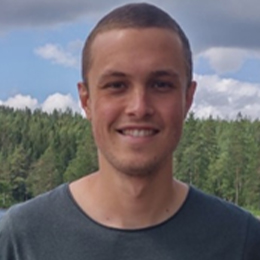
Roel Lammerant
PhD Student
Benthic Ecology
Tvärminne Zoological Station, University of Helsinki
My research interests lie in functional ecology, biodiversity and ecosystem functioning with a focus on submerged vegetation. Currently, I´m focusing on the role of aquatic primary producer functional traits (i.e. root, rhizome and leaf) and the role of functional composition in the coastal carbon cycle in vegetated coastal environments across different temporal and spatial scales.
Keywords: marine biodiversity, carbon cycling, macrophyte ecology, functional traits, ecosystem functioning
Pelagic Ecology
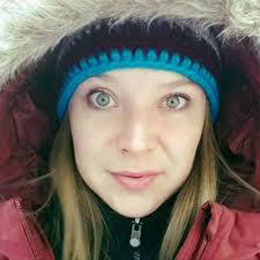
Aleksandra Lewandowska
Assistant Professor
Pelagic Ecology
Tvärminne Zoological Station, University of Helsinki
Aleksandra.lewandovska@helsinki.fi
I am interested in causes and consequences of biodiversity change in plankton food webs and I’m passionate about its complexity.
My research is focused on species interactions within phytoplankton to understand how changes in diversity alter resource use efficiency and primary productivity in the sea. From the food web perspective, I examine how producer and consumer diversity affect elements cycling and energy transfer between trophic levels. I like to combine different approaches to understand plankton dynamics, including field and laboratory experiments, data analyses and statistical models. Within CoastClim I study the consequences of plankton biodiversity change for pelagic carbon uptake.
Keywords: marine biodiversity, pelagic food-webs, plankton communities, experimental ecology, climate change
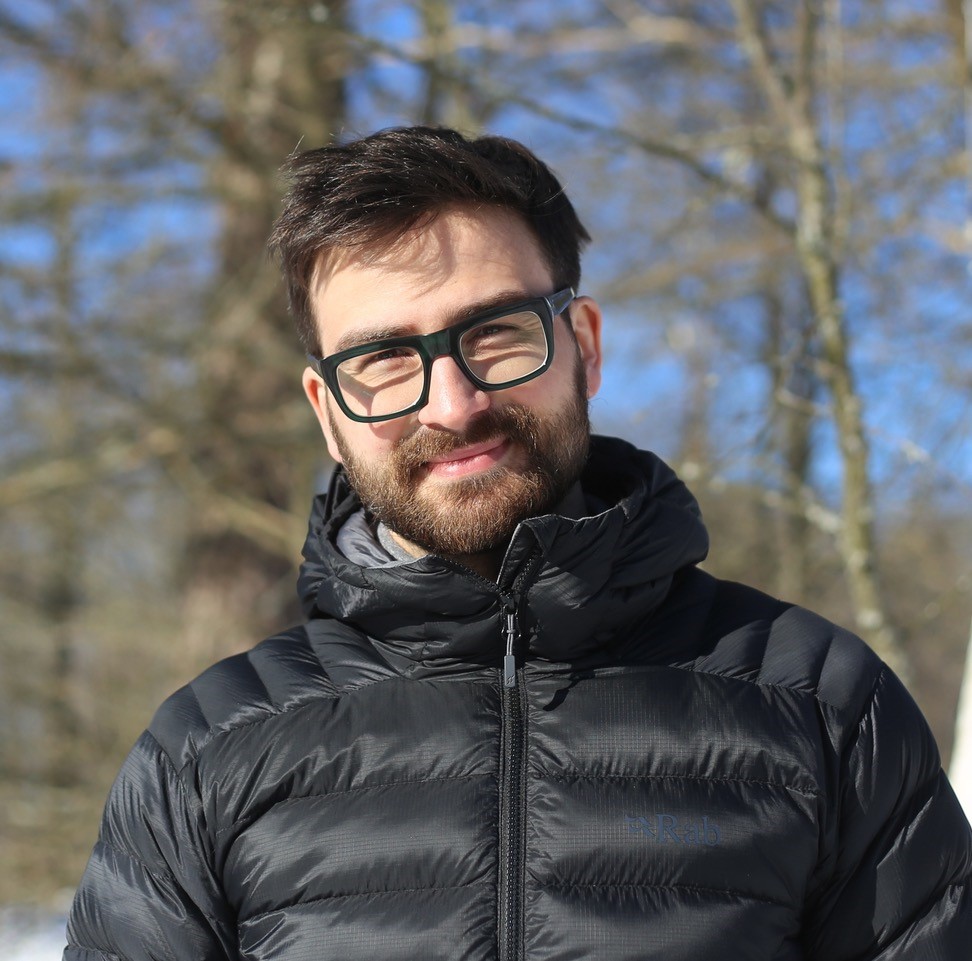
Joris Wiethase
Postdoc
Pelagic Ecology
Tvärminne Zoological Station, University of Helsinki
I am a quantitative ecologist, with a special interest in identifying the drivers and patterns of environmental change, and their consequent effects on species communities and ecosystem processes.
My research involves quantifying the degree to which climate-change driven fluctuations in phytoplankton dominance affect carbon sequestration and greenhouse gas emissions, an understudied yet potentially important component of anthropogenic climate change. The analysis utilises both experimental data from mesocosm experiments and coastal measurements for a holistic approach.
Keywords: carbon sequestration, greenhouse gas emissions, plankton community, marine biodiversity, climate change
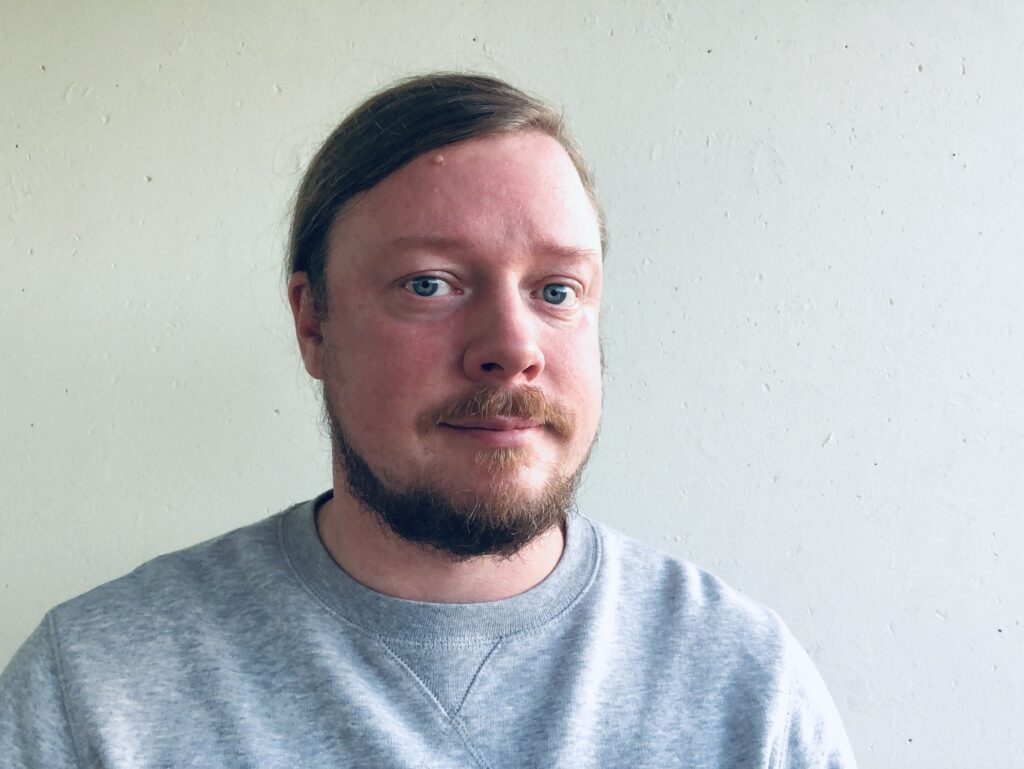
Per Hedberg
Postdoc
Pelagic Ecology
Tvärminne Zoological Station, University of Helsinki
My research revolves mainly around the impacts of climate change on plankton ecology and the implications this has for species composition, carbon sequestration and the possibility of green house gas emissions. The research is mainly experiment based on a micro- to mesocosm scale and focused both on single species as well as the whole community. Other research interests include nutritional aspects of environmental change, such as trophic interactions and species-specific fatty acid composition.
Keywords: plankton ecology, benthic-pelagic coupling, ecosystem functioning, carbon cycling, trophic interactions, experimental ecology
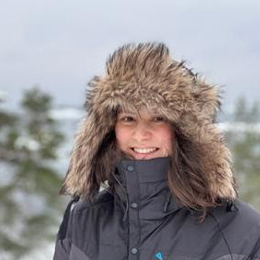
Catharina Uth
PhD Student
Pelagic Ecology
Tvärminne Zoological Station, University of Helsinki
I am interested in biodiversity in general and in phytoplankton. My main interest is the role of phytoplankton in the carbon cycle. My research focuses on the uptake and export of carbon by phytoplankton in the form of CO₂ and CH₄. I also study the effects of changes in phytoplankton community structure on the carbon cycle in coastal areas.
Keywords: carbon cycling, phytoplankton ecology, marine biodiversity, functional traits, community composition
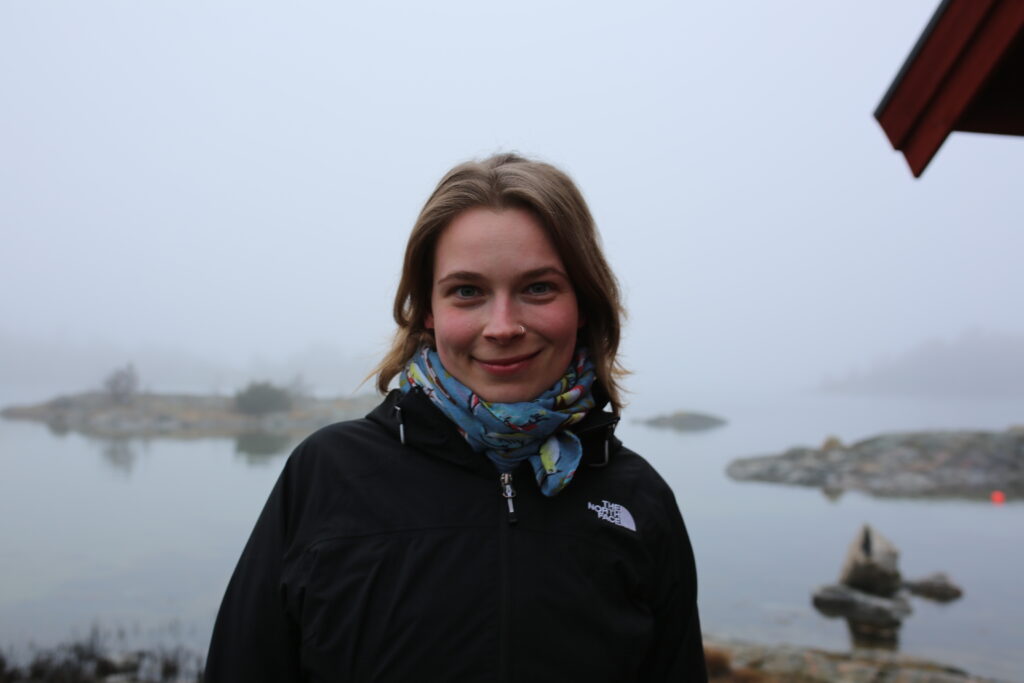
Marie Ritter
PhD Student
Pelagic Ecology
Department of Ecology, Environment and Plant Sciences, Stockholm University
During my doctoral studies, I am investigating the spatiotemporal variations in pelagic Baltic Sea fish communities within the Southern Stockholm Archipelago. My goal is to evaluate the potential impacts on carbon, nutrient, and contaminant cycling. Specifically, I will be examining the population dynamics of Baltic herring (Clupea harengus harengus) and the three-spined stickleback (Gasterosteus aculeatus) through the integration of hydroacoustics, stable isotope analysis, mercury analysis, and bioenergetic modeling. Currently, my research prioritizes the acoustic taxonomic identification of marine organisms.
Keywords: coastal pelagic fish communities, nutrient cycling, carbon cycling, contaminant cycling, hydroacoustics
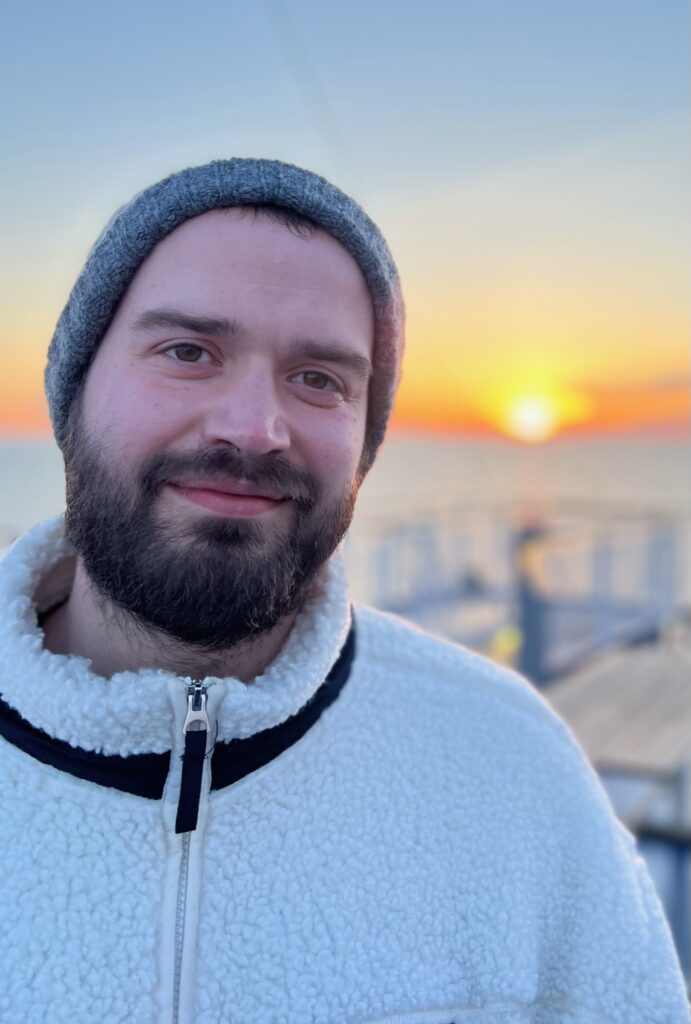
Tjardo Stoffers
PhD Student
Pelagic Ecology
Tvärminne Zoological Station, University of Helsinki
My research focuses on the impact of global change on marine plankton communities. I am currently working on what drives changes in zooplankton communities over long time scales and how these changes eventually affect the carbon cycle due to altered respiration and excretion. I am also interested in testing new methods such as metabarcoding and eDNA metabarcoding to improve the traditional monitoring efforts.
Keywords: zooplankton, carbon cycling, marine biodiversity, monitoring, community composition
Marine Microbiology
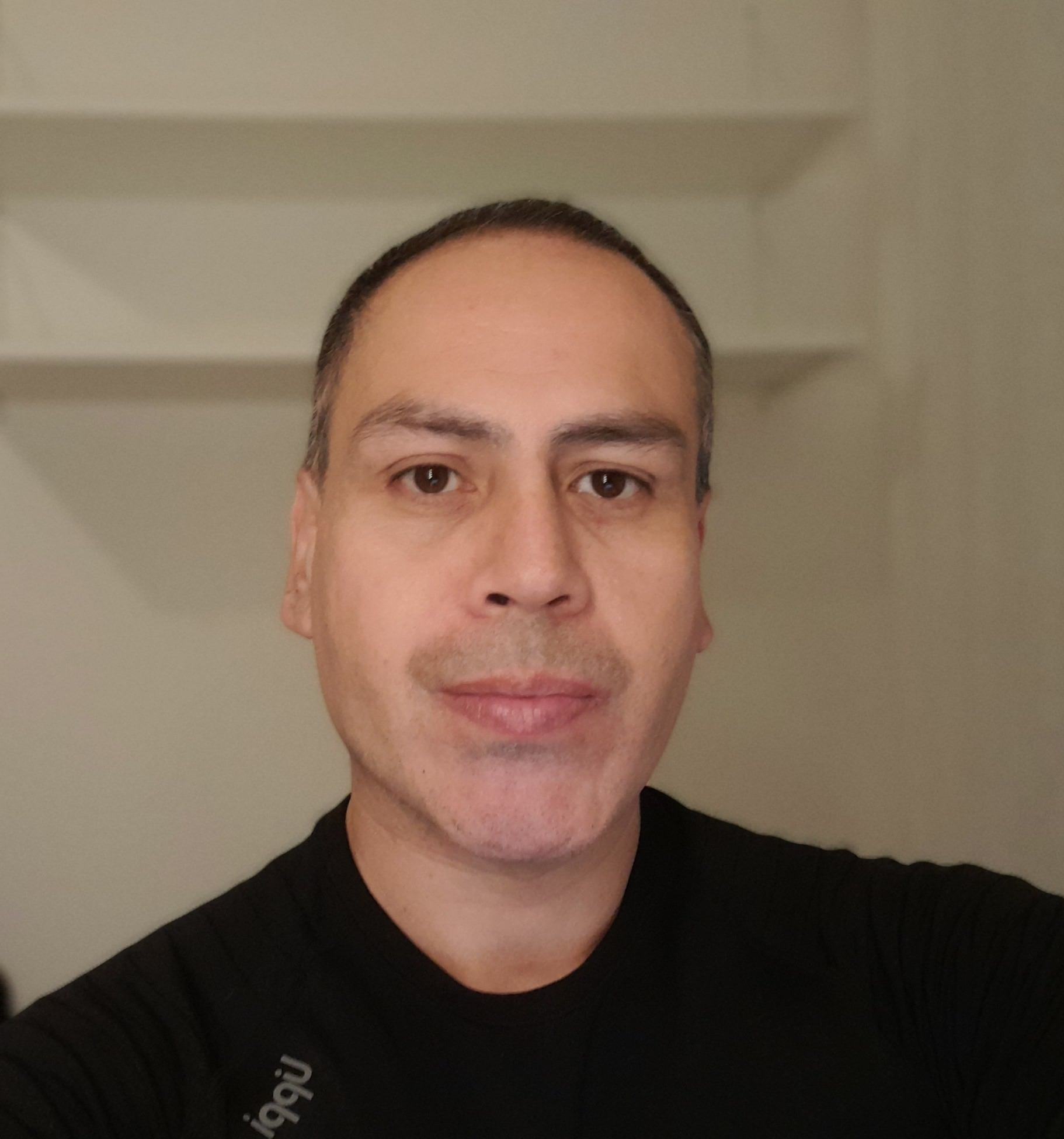
Alexis Fonseca
Postdoc
Marine Ecology
Baltic Sea Centre, Stockholm University
My research focuses on coastal bacteria, their diversity and metabolism, using advanced techniques that examine their DNA and RNA. These techniques reveal the types and functions of bacteria. I use computer tools to analyze and interpret the data from these experiments. Among the constraints that bacteria face are changes in nutrient availability and the risk of being killed by viruses, called bacteriophages. My current interest is to know how these constraints affect the diversity and metabolism of coastal bacteria, and how bacteria resist them.
Keywords: marine bacterial ecology, bacterial diversity, omics, bioinformatics, bacteriophages
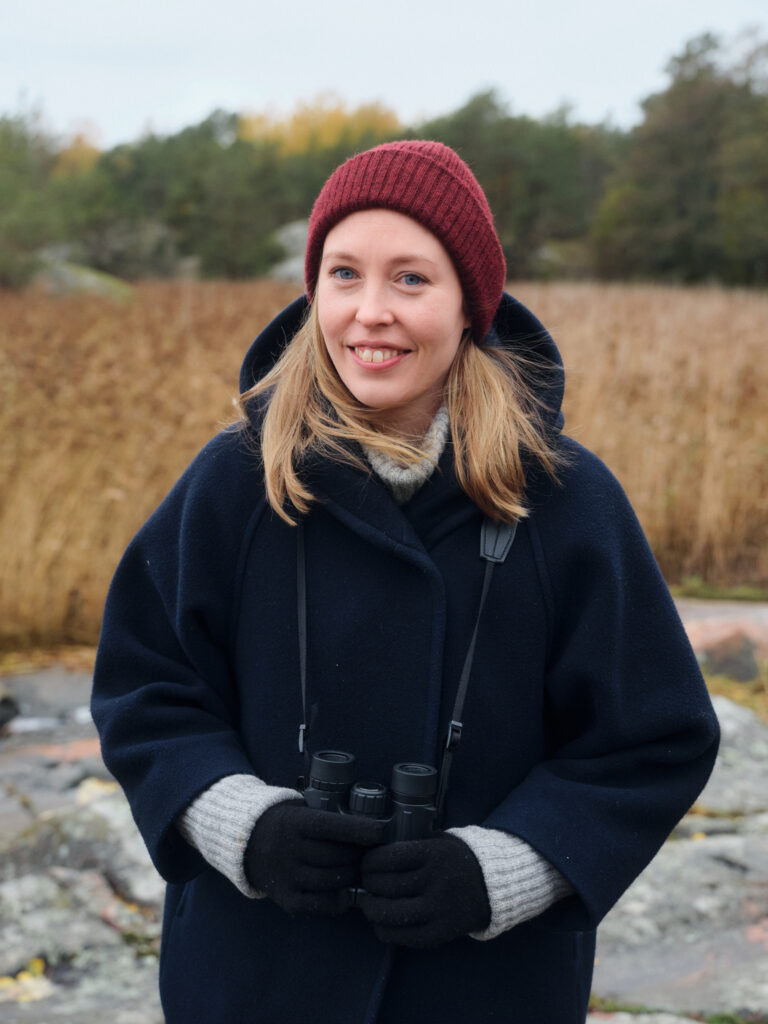
Iines Salonen
Postdoc
Marine Ecology
Tvärminne Zoological Station, University of Helsinki
My research investigates the identity, activity and functioning of marine microbial communities in coastal environments. My aim is to find out how the microbial communities respond to changes in their environmental conditions (e.g., warming), interact with each other and other organisms, and what is their impact on the coastal carbon cycling for example via methane production and oxidation. To answer these questions, I use different molecular ecology tools, such as metagenomics and transcriptomics.
Keywords: microbial communities, molecular ecology, DNA, RNA, biodiversity
Marine Biogeochemistry
Sediment Biogeochemistry
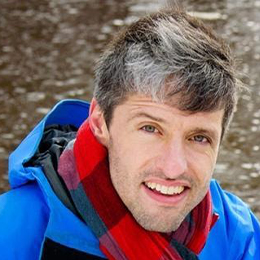
Tom Jilbert
Associate Professor
Sediment Biogeochemistry
Department of Geosciences and Geography, University of Helsinki
My research focuses on biogeochemical processes in human-impacted aquatic systems, such as eutrophic coastal seas and freshwater lakes. Within CoastClim I am studying the coupled dynamics of carbon, nutrients and other elements in coastal sediments of the Baltic Sea. Sediments are important reactors in which microbes transform elements from one form to another, controlling their eventual fate. For example, carbon can be buried in complex organic molecules that resist degradation, thus acting as a carbon sink, or converted to greenhouse gases such as carbon dioxide and methane that escape to the atmosphere. We want to understand the controls on these processes to better predict carbon and nutrient cycling in the future.
Keywords: sediments, eutrophication, deoxygenation, nutrients, carbon, diagenesis
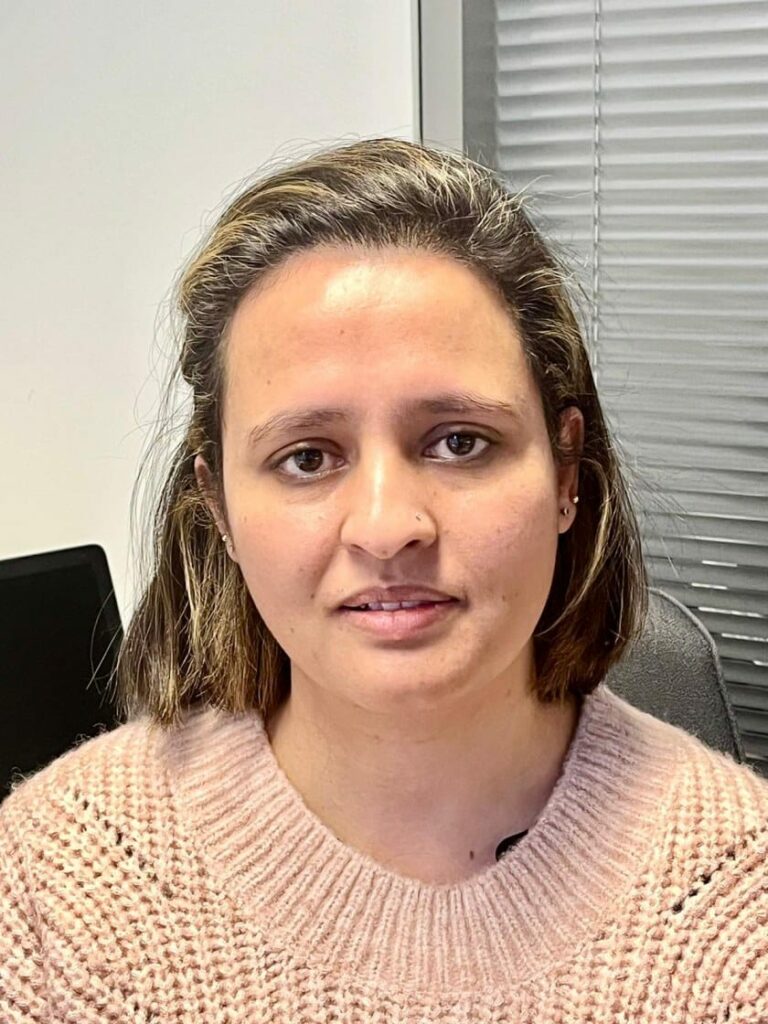
Rahat Riaz
Researcher
Sediment Biogeochemistry
Department of Geosciences and Geography, University of Helsinki
My research is related to the impact of anthropogenic activities on the input of terrestrial organic carbon in sediments of the Baltic Sea. Currently, I am working on the spatiotemporal resolution of lignin as a molecular tracer of terrestrial organic matter in sediment cores of the Baltic Sea, with a focus on how processes in the basins, coastal and offshore zones influence the magnitude of lignin signal from terrestrial to the marine environment.
Keywords: lignin signals, land-use changes, sediment cores, terrestrial organic matter, spatial and temporal resolution
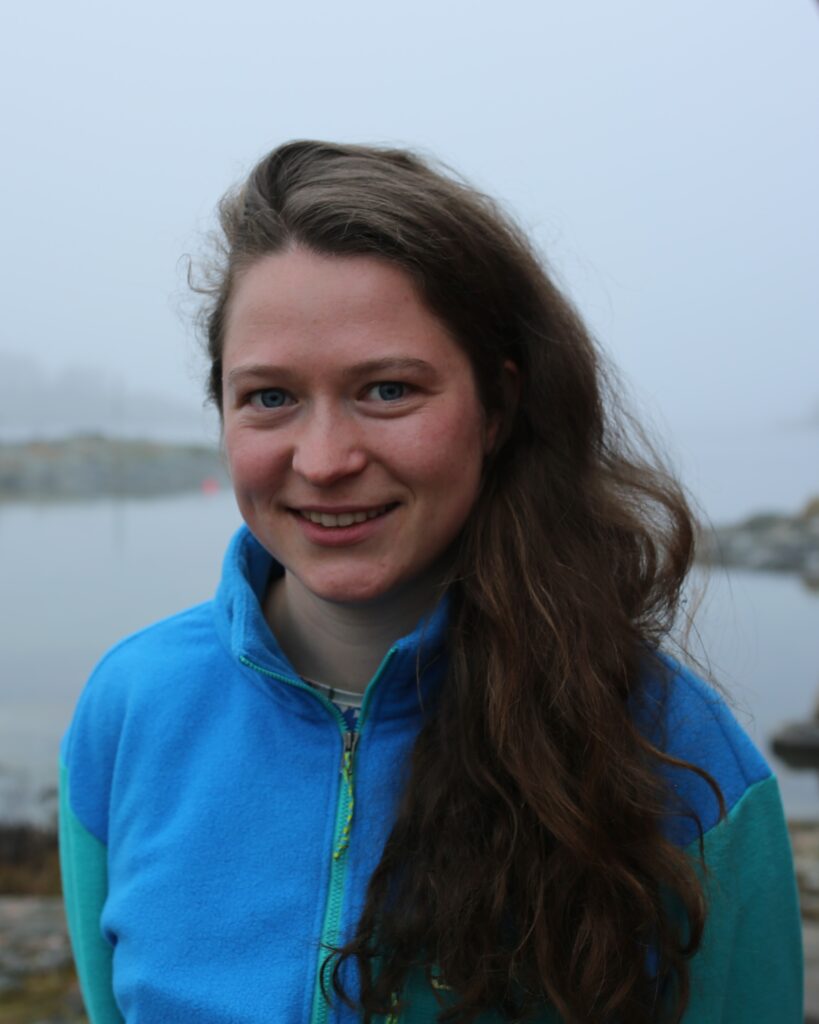
Antonia Schell
PhD Student
Sediment Biogeochemistry
Department of Geological Sciences, Stockholm University
My research focuses on the input history of Baltic Sea sediments. The sediments deposited in the Baltic Sea are determined by the geology of the catchment area. Additionally, the rate of sediment input is influenced by natural fluctuations (e.g., climate) and human activities (e.g., damming). I am currently using an analytical technique called ‘sequential leaching’ to separate the biogenic and mineral phases in the sediments, in order to understand their origin and alteration processes..
Keywords: weathering, silicate alteration, biogenic silica, damming, carbon sequestration
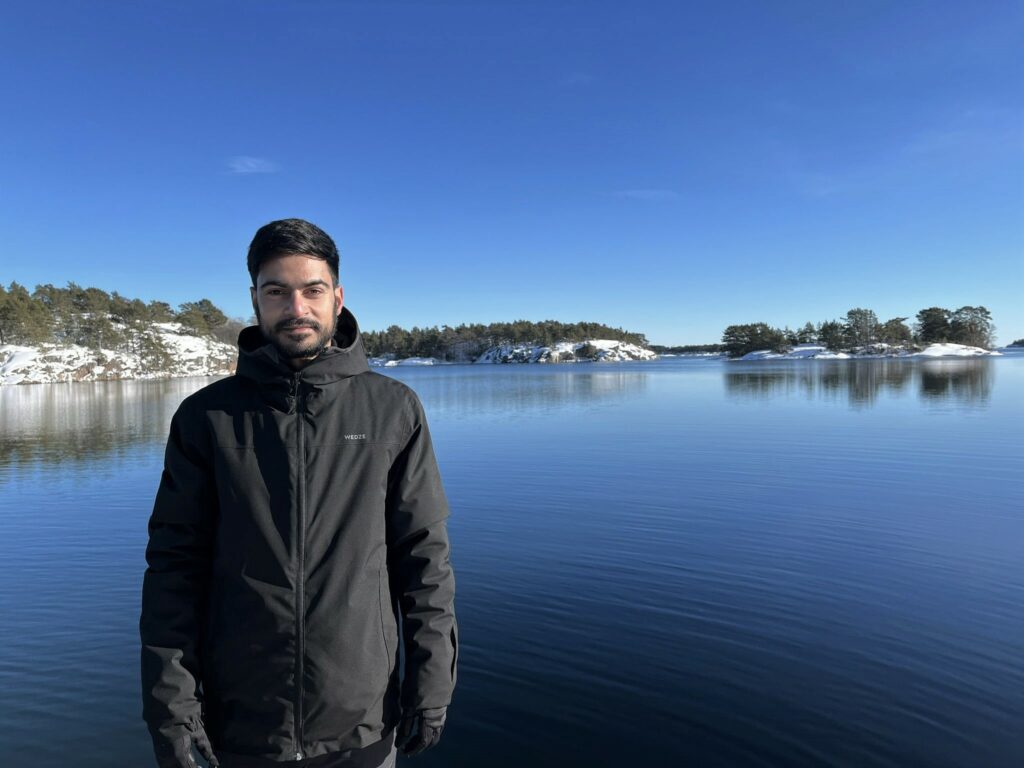
Nishant
PhD Student
Sediment Biogeochemistry
Department of Geosciences and Geography, University of Helsinki
My interest lies in understanding global carbon cycling, especially in coastal marine systems. I aim to acquire more information on blue carbon sequestration in coastal sediments. Sediment depositional environments in coastal systems have the capacity to store carbon on geological time scales, so studying the burial rate and source of sediment carbon is crucial for understanding the global carbon cycle under the effects of climate change. Currently, my work focuses on determining the macroalgal contribution to the sediment carbon sink through studying biomarkers (phenolic compounds).
Keywords: blue carbon, sequestration, carbon cycle, biomarkers, geological time scale
Pelagic Biogeochemistry
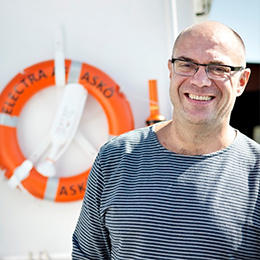
Christoph Humborg
Professor & Academic Leader at BSC
Pelagic Biogeochemistry
Baltic Sea Centre, Stockholm University
One main research focus deals with eutrophication issues of the Baltic Sea and its catchment. We address nutrient pathways in various watersheds and estuaries of the Baltic, which shape the biogeochemical conditions in various basins of the Baltic Sea.
Moreover, I am involved in international studies on carbon dynamics in high latitude watersheds and estuaries with focus on riverine carbon transports, coastal carbon dynamics and GHG emissions. A long-term aim of these studies is to quantify how marine biodiversity regulate biogeochemical cycling and contribute to carbon capture, recycling and atmospheric feedbacks/exchange.
Keywords: nutrient and carbon land-sea fluxes, coastal GHG dynamics
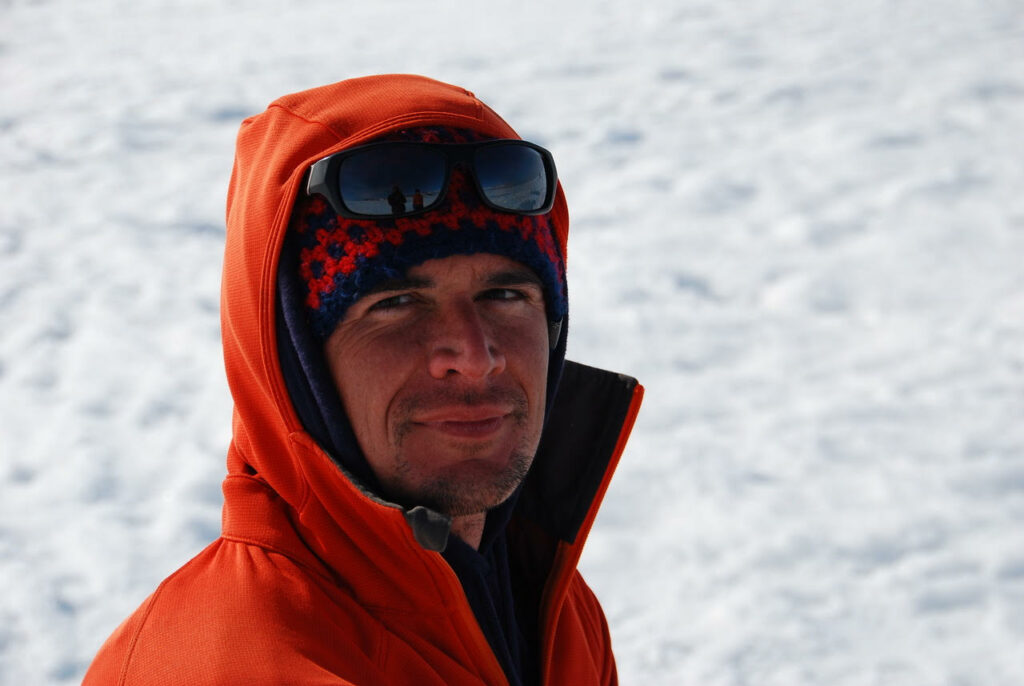
Nicolas-Xavier Geilfus
Researcher
Pelagic Biogeochemistry
Tvärminne Zoological Station, University of Helsinki
nicolas-xavier.geilfus@helsinki.fi
My research interest lies into understanding and quantifying the role of coastal marine environment as sink or source of greenhouse gases (GHG, i.e., CO2, CH4, N2O) to the atmosphere. Gas dynamic is investigated, in association with the highly heterogeneous coastal ecosystem, to determine the scale and drivers of changes in GHG concentrations. What are the key contributors to GHG exchanges with the atmosphere? How will those exchanges evolve in the future?
Keywords: carbon cycling, greenhouse gas fluxes, benthic-pelagic coupling, air-sea gas exchanges, ecosystem
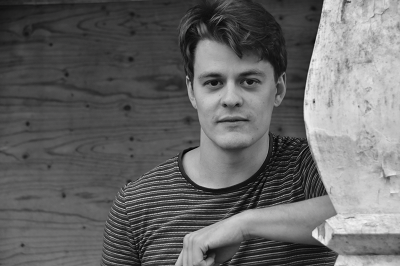
Martijn Hermans
Postdoc
Marine Biogeochemistry
Baltic Sea Centre, Stockholm University and Department of Geosciences and Geography, University of Helsinki
The main impetus of my research is to integrate biogeochemical, metabolic, and geomicrobial data to investigate sedimentary methane dynamics across coastal environments with contrasting depositional environments and bottom water redox conditions. To achieve this, I will use a combination of field data complimented with reactive transport modelling, which allows to better predict how methane dynamics will respond to internal changes, such as organic matter loading, iron input, and bottom water deoxygenation.
Keywords: aquatic biogeochemistry, geomicrobiology, methane, benthic-pelagic coupling, reactive transport modelling
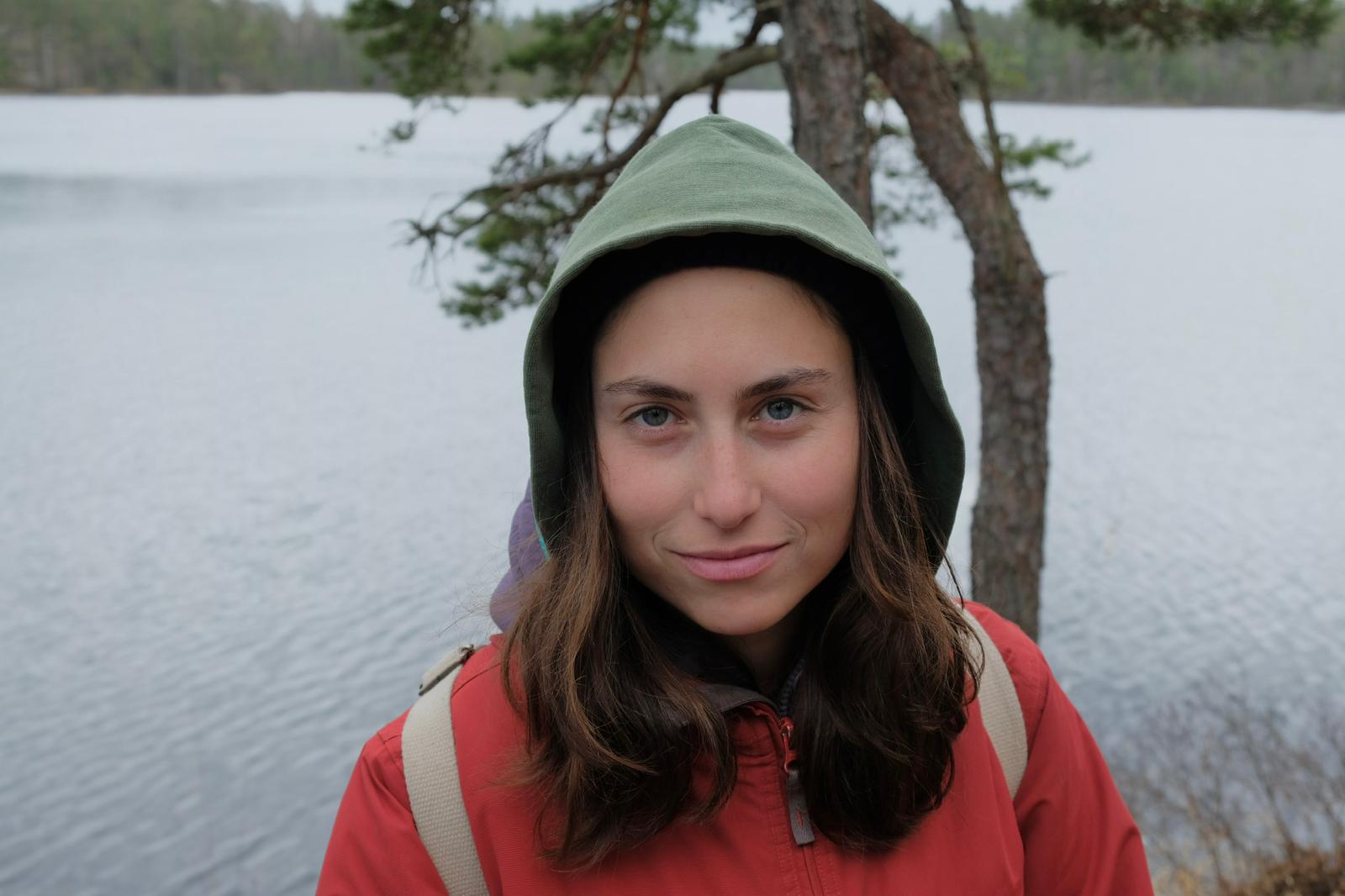
Ilaria Barale
PhD Student
Pelagic Biogeochemistry
Department of Environmental Sciences, Stockholm University and Baltic Sea Centre, Stockholm University
My PhD project investigates the fate of land-derived mercury (Hg) in coastal ecosystems, focusing on how mercury interacts with organic matter and its impact on mercury reactivity and mobility at the land-sea and sea-air interfaces. A key area of interest is the (re)-emission of mercury from the ocean to the atmosphere via sea spray aerosols, influenced by organic matter in the sea surface microlayer. By combining laboratory experiments with fieldwork in the Baltic Sea, I aim to improve our understanding of the mercury biogeochemical cycle in coastal ecosystems, particularly under climate change conditions.
Keywords: mercury biogeochemical cycle, organic matter, land-sea / sea-air interfaces, sea spray aerosols
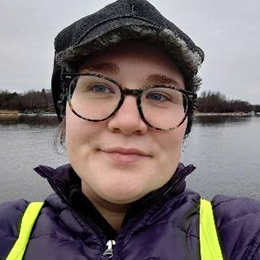
Märta Brunberg
PhD Student
Pelagic Biogeochemistry
Tvärminne Zoological Station, University of Helsinki
My research interests are centred around greenhouse gases (GHG; CO₂, CH₄, and N₂O) in shallow coastal waters. More specifically, I am interested in sea-air fluxes and the production and consumption pathways of GHGs. I am currently working on high-resolution spatiotemporal measurements of greenhouse gases in shallow coastal waters.
Keywords: greenhouse gas fluxes, carbon cycling, benthic-pelagic coupling, blue carbon, shallow coastal area
Atmospheric Sciences
Aerosol-Climate Feedbacks
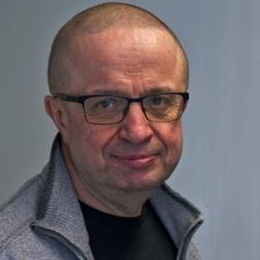
Markku Kulmala
Professor
Aerosol-Climate Feedbacks
Institute of Atmospheric and Earth System Research, University of Helsinki
My research interest includes earth surface – atmosphere interactions and feedbacks, atmospheric chemistry and physics, atmospheric aerosols, new particle formation and their growth, climate change and air quality. The backbone of my research is comprehensive, longterm observations. In CoastClim I will utilise our expertise to establish Coastal SMEAR station in Tvärminne.
Keywords: climate change, earth surface – atmosphere interactions and feedbacks, atmospheric aerosols, trace gases, clusters, cloud microphysics, coastal environment
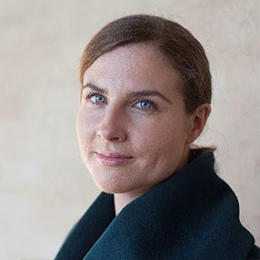
Ilona Riipinen
Professor
Aerosol-Climate Feedbacks
Department of Environmental Science, Stockholm University
My research focuses on understanding the sources, sinks and evolution of atmospheric aerosol particles and their interactions with clouds, climate and human health. My current focus is largely on the interactions between aerosol particles and the atmospheric gas phase, in particular the formation and effects of atmospheric organic aerosol and thus the feedback between ecosystems, human activities and climate. Within CoastClim I work on the implications of emissions from the Baltic Sea on atmospheric aerosol loadings.
Keywords: atmospheric composition, atmospheric aerosols, phase transitions, air-sea interactions
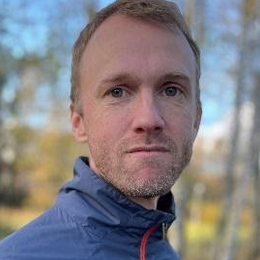
Mikael Ehn
Professor
Aerosol-Climate Feedbacks
Institute of Atmospheric and Earth System Research, University of Helsinki
Volatile organic compounds are constantly emitted to the atmosphere from different ecosystems as well as anthropogenic processes. I study how these compounds oxidize in the atmosphere, with a particular focus on processes forming oxidation products of very low volatility, as these can contribute to particulate matter. These aerosol particles are important as they impact Earth’s radiation balance.
Keywords: volatile organic compounds, oxidation chemistry, chemical ionization mass spectrometry, aerosol particles
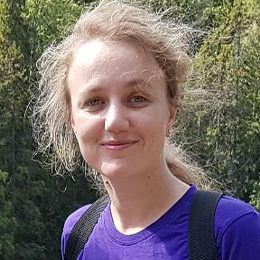
Ekaterina Ezhova
Researcher
Aerosol-Climate Feedbacks
Institute of Atmospheric and Earth System Research, University of Helsinki
My research focuses on land-atmosphere-hydrosphere interactions and feedbacks in boreal zone. Currently, I am focusing on joint analysis of various physical and ecological processes in atmosphere and hydrosphere based on measurements in the coastal zone. How do coastal ecosystems contribute to climate-atmosphere-biosphere feedbacks and what are the control parameters/processes?
Keywords: carbon sink, coastal zone, stratification, waves and turbulence, atmospheric aerosol/VOC/GHG
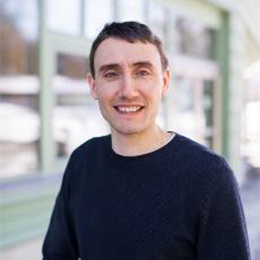
Matthew Salter
Researcher
Aerosol-Climate Feedbacks
Department of Environmental Science and Bolin Centre, Stockholm University
I am a marine biogeochemist/aerosol physicist and a theme throughout my research career has been the interaction between the surface ocean and the atmosphere. More specifically, I am interested in the emission of matter from the oceans, in the form of sea spray aerosols (SSA), and how these aerosols can impact climate and transport pollutants.
Within the CoastClim project I am responsible for establishing the air-sea interaction laboratory at the Askö laboratory. This facility will build upon my expertise in the laboratory generation of SSA using state-of-the-art simulation chambers with a view to investigating the links between marine biodiversity, biogeochemistry and SSA production and properties within the Baltic Sea.
Keywords: sea spray aerosol, sea surface microlayer, volatile organic carbon, Persistent organic pollutants, surfactants
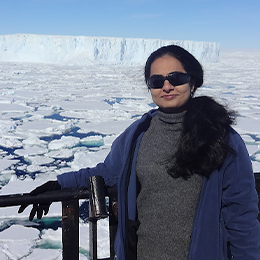
Roseline Thakur
Researcher
Aerosol-Climate Feedbacks
Institute of Atmospheric and Earth System Research, University of Helsinki
My research focuses on the role of emissions (inorganic and organic) from coastal and marine habitats in modifying the atmospheric chemistry and more particularly their impact on new particle formation (NPF), cloud condensation nuclei (CCN) and radiation budget in the atmosphere, integrating the role of meteorology in the entire dynamics. Currently, I am exploring the role of biogenic emissions from the Arctic coastal regions and arctic tundra on the new particle formation and eventually understanding the CCN and overall Cloud formation in Arctic could be impacted by biogenic-NPF.
Keywords: coastal, new particle formation, biogenic emissions, cloud condensation nuclei
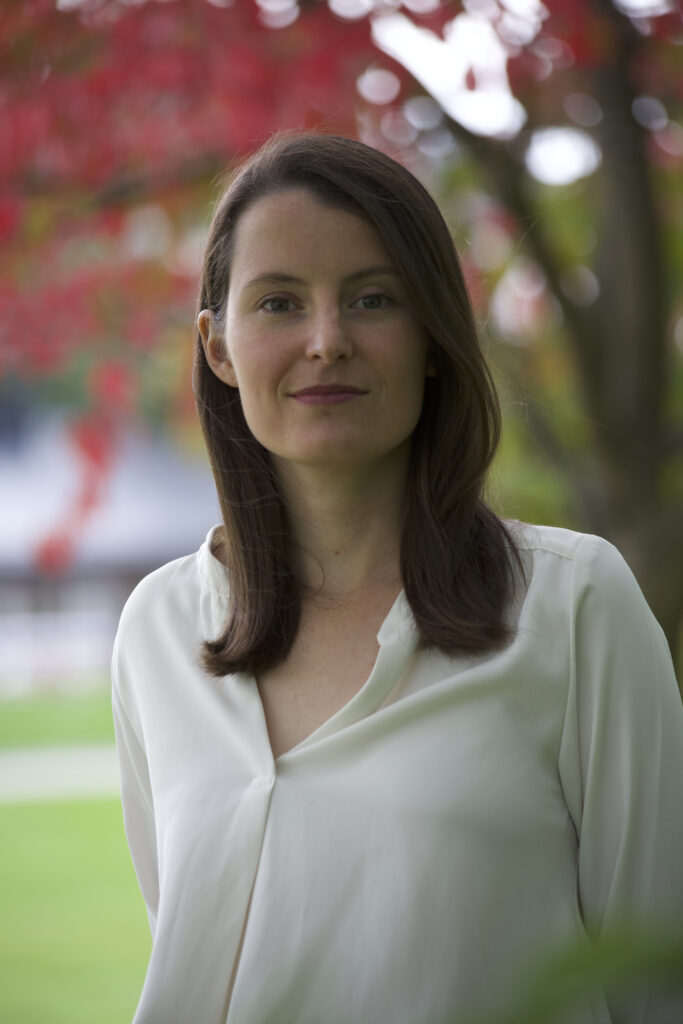
Julika Zinke
Postdoc
Aerosol-Climate Feedbacks
Baltic Sea Centre, Stockholm University
Within the CoastClim project I will focus on the air-sea-exchange of aerosols and greenhouse gases such as methane and carbon dioxide. To investigate these, I will combine eddy covariance flux measurements with measurements using a water equilibration gas analyzer system that will be deployed on a floating platform at the Askö laboratory. These measurements will allow to investigate seasonal cycles as well as the influence of the coastal bottom topography on gas and aerosol emissions.
Keywords: air-sea exchange, aerosol fluxes, greenhouse gas fluxes
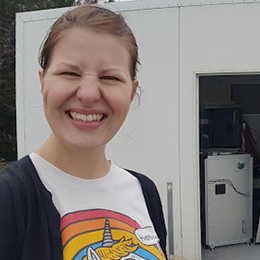
Maija Peltola
Postdoc
Aerosol-Climate Feedbacks
Institute of Atmospheric and Earth System Research, University of Helsinki
I study how chemical emissions from the sea surface can react in the atmosphere and form new aerosol particles, which are important for the Earth’s radiative balance and climate. In my PhD, I studied these phenomena in coastal and open ocean environments in New Zealand and I am looking forward to discovering how different the Baltic Sea is.
Keywords: new particle formation, aerosol particles, cloud condensation nuclei, biogenic emissions, chemical ionization mass spectrometry, coastal, marine

Yuanyuan Luo
PhD Student
Aerosol-Climate Feedbacks
Institute of Atmospheric and Earth System Research, University of Helsinki
Volatile organic compounds (VOCs) are important precursors for aerosol particles in the atmosphere. During my doctoral studies, I conducted research on the oxidation of various biogenic VOCs, placing a specific emphasis on their ability of forming highly oxygenated organic compounds. In the CoastClim project, my focus will shift to investigating VOCs emissions originating from marine environments, and exploring their impact on atmospheric particle formation and growth in the Baltic Sea region.
Keywords: volatile organic compounds, oxidation process, highly oxygenated organic molecules, chemical ionization mass spectrometry, aerosol particles
Micrometeorology and Greenhouse Gas Fluxes
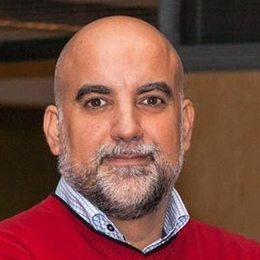
Ivan Mammarella
Professor
Micrometeorology & Greenhouse Gas Fluxes
Institute for Atmospheric and Earth System Research, University of Helsinki
My research interests are related to biosphere-atmosphere interactions and, in particular, on measuring and modelling vertical exchange processes of momentum, energy, greenhouse gases, other trace gases and aerosol particles between the atmosphere and different terrestrial ecosystems (forest, wetland and water bodies). Within CoastClim, I am focusing on air-water interaction, including studies of physical and biogeochemical processes in coastal water ecosystems especially related to the carbon cycle.
Keywords: gas exchange, carbon cycling, eddy covariance, CO2 and CH4 fluxes, air-water gas transfer velocity parameterizations
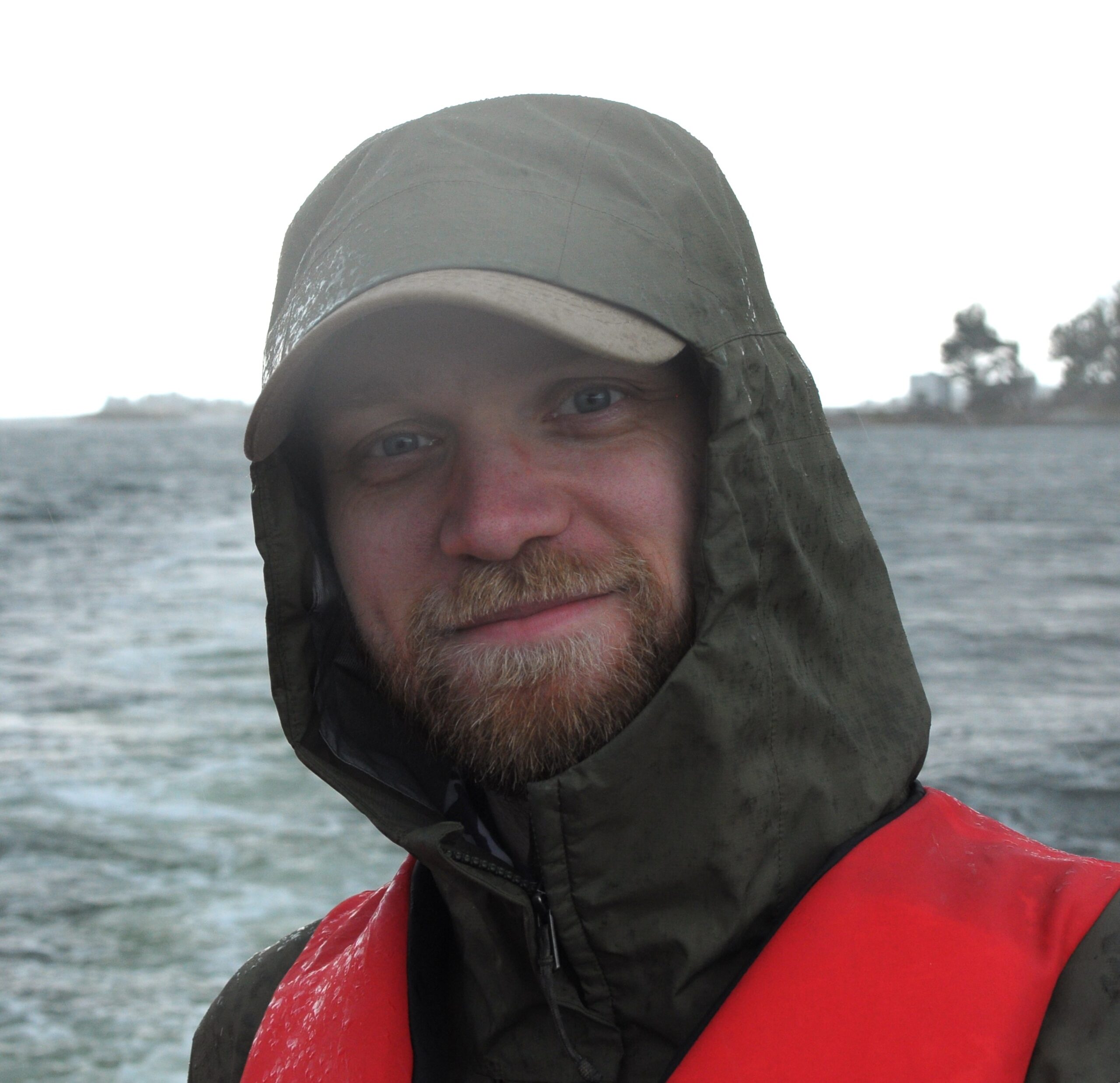
Joachim Jansen
Postdoc
Micrometeorology & Greenhouse Gas Fluxes
Institute for Atmospheric and Earth System Research, University of Helsinki
My interdisciplinary research aims to link biogeochemical and physical processes in aquatic environments. Within CoastClim I use high-frequency measurements and statistical models to disentangle the physical and biological drivers of coastal greenhouse gas fluxes with the aim of improving the upscaling and prediction of carbon emissions.
Keywords: gas transfer, carbon cycling, eddy covariance, climate change
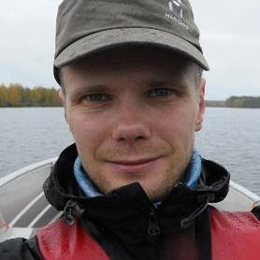
Aki Vähä
PhD Student
Micrometeorology & Greenhouse Gas Fluxes
Tvärminne Zoological Station & Institute of Atmospheric and Earth System Research, University of Helsinki
My research concentrates on measuring the amount of carbon dioxide (CO2) and methane (CH4) that the coastal ecosystem exchanges with the atmosphere. My main method of research is the eddy covariance technique, which provides near-continuous measurements of these gas fluxes. In addition, we test and develop existing models in order to quantify how physical drivers in the natural environment, such as wind and the heating and cooling of water, control the exchange of gases.
Keywords: greenhouse gas fluxes, eddy covariance, sea–atmosphere interaction, turbulence, carbon cycling
Ecosystem Modelling
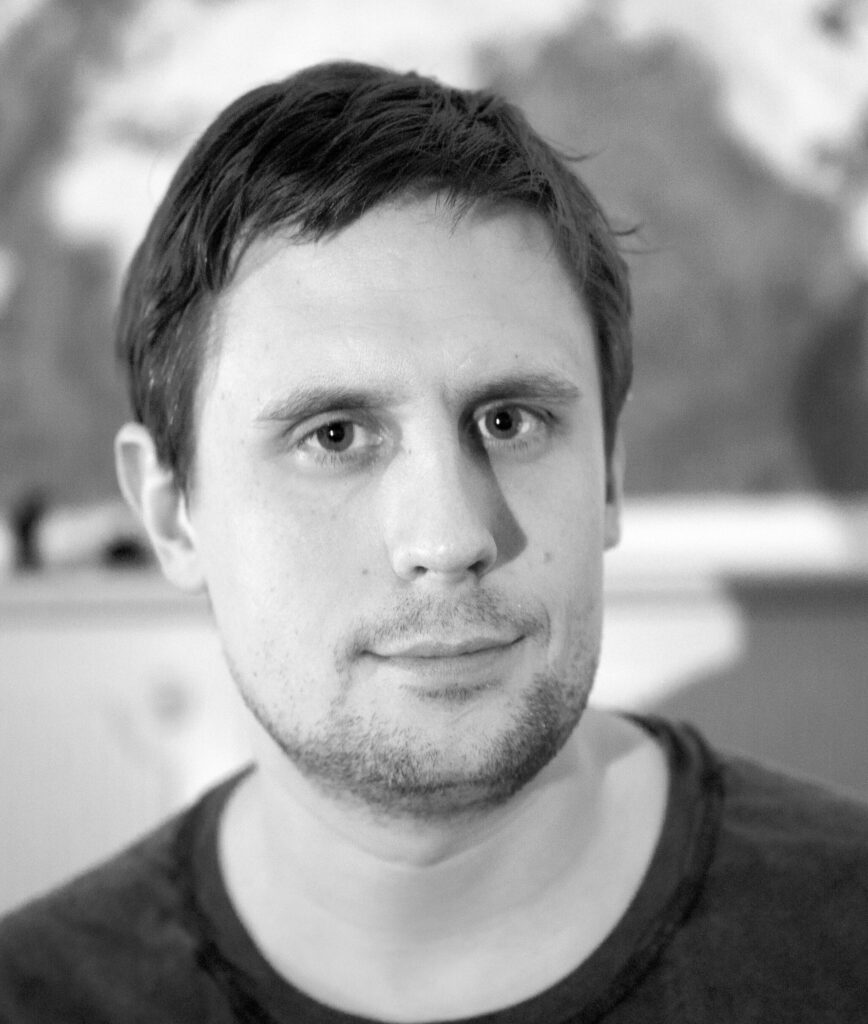
Christian Stranne
Assistant Professor
Ecosystem Modelling
Department of Geological Sciences, Stockholm University,
Baltic Sea Centre, Stockholm University and
Bolin Centre, Stockholm University
I am using numerical modeling to study the fate of dissolved and gaseous methane within marine sediments. I am also active within the field of hydro-acoustics, using echosounders to observe e.g. seafloor gas bubble discharge, ocean stratification and turbulent mixing within the water column. In an ongoing project, we are combining a sophisticated sediment model with a coupled ocean-bubble model to investigate where and when our oceans can become hotspots for methane emissions to the atmosphere.
Keywords: methane fluxes, sediment-water column coupling, hydro-acoustics, numerical modeling, methane emissions, acoustic midwater mapping
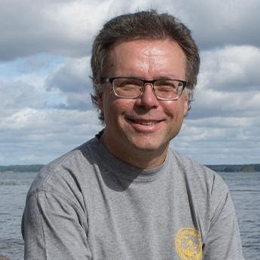
Bo Gustafsson
Researcher
Ecosystem Modelling
Baltic Sea Centre, Stockholm University
I develop and use numerical models to understand and quantify the dynamics of interconnecting processes in the marine ecosystem with the primary aim to evaluate and advice environmental management. I have largest experience in physical-biogeochemical modeling with eutrophication management applications, but here the scope will be widened to modeling of the greenhouse gas transports and transformations.
Keywords: biogeochemical cycling, marine modeling, benthic-pelagic coupling, greenhouse gas dynamics, management support
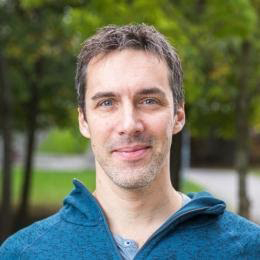
Erik Gustafsson
Researcher
Ecosystem Modelling
Baltic Sea Centre, Stockholm University
My research is primarily focused on numerical modelling of physical and biogeochemical processes in the Baltic Sea. The model calculations are used to describe and understand past and potential future changes of e.g. salinity, carbon and nutrient cycling, oxygen conditions, and acidification depending on CO₂ emissions, climate, and land-use change. I am currently working to improve the understanding of causes and consequences of acidification in the Baltic Sea.
Keywords: physical-biogeochemical modelling, nutrient cycling, carbon cycling, inorganic carbon system, climate change
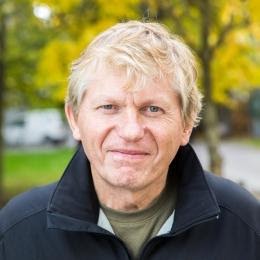
Alexander Sokolov
Researcher
Ecosystem Modelling
Baltic Sea Centre, Stockholm University
My fields of interest include software development for environmental research, hydrodynamic modelling of coastal areas and submesoscale processes in the Baltic Sea. Within the CoastClim project I am working on a high-resolution model of the Gulf of Finland to study how submesoscale processes (upwellings, filaments) interact with small scale coastal areas.
Keywords: hydrodynamic modelling, submesoscale processes, software development
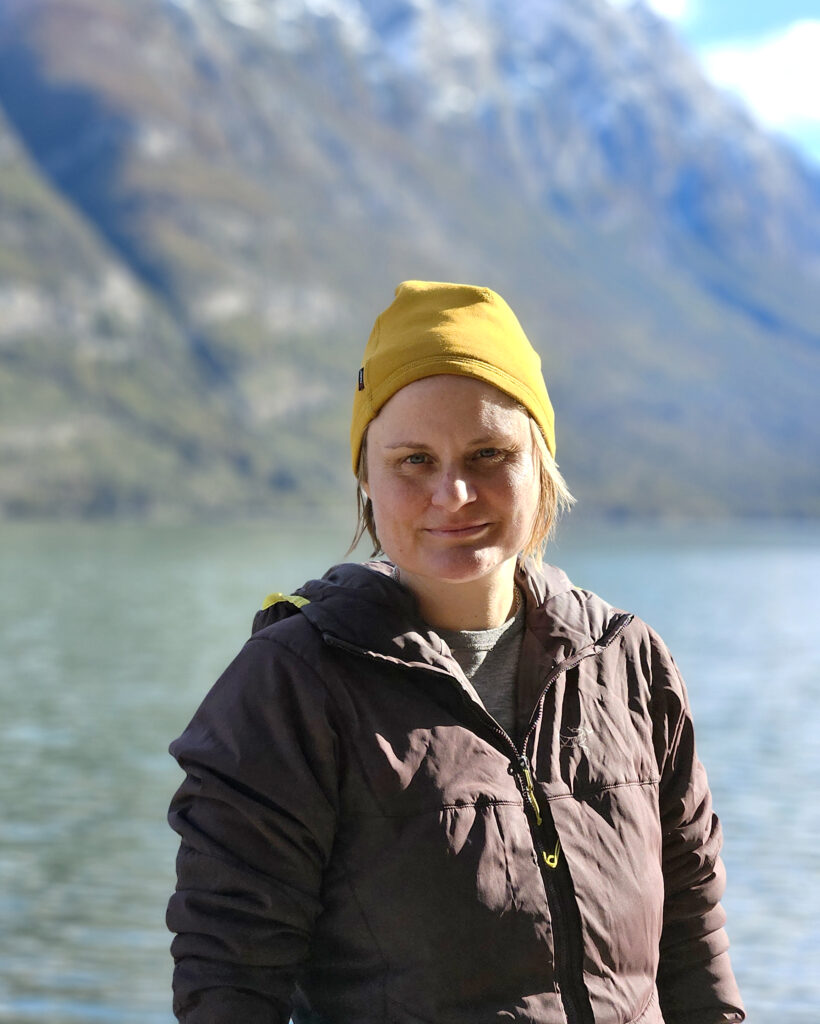
Susanne Kortsch
Researcher
Marine Ecology
Tvärminne Zoological Station, University of Helsinki
I am a community and food web ecologist. Broadly speaking, my work is focused on understanding the impacts global change on the structure and functioning of ecological communities. To achieve this goal, I use integrative and holistic approaches such as network analyses and bioenergetic food web modeling. Within CoastClim, it is my role to develop a better understanding of how the processes underlying biodiversity, ecological interactions and ecosystem structure influence carbon cycling and the potential for coastal marine ecosystems to capture and store carbon.
Keywords: marine biodiversity, food webs, energy fluxes, ecosystem functioning, carbon cycling
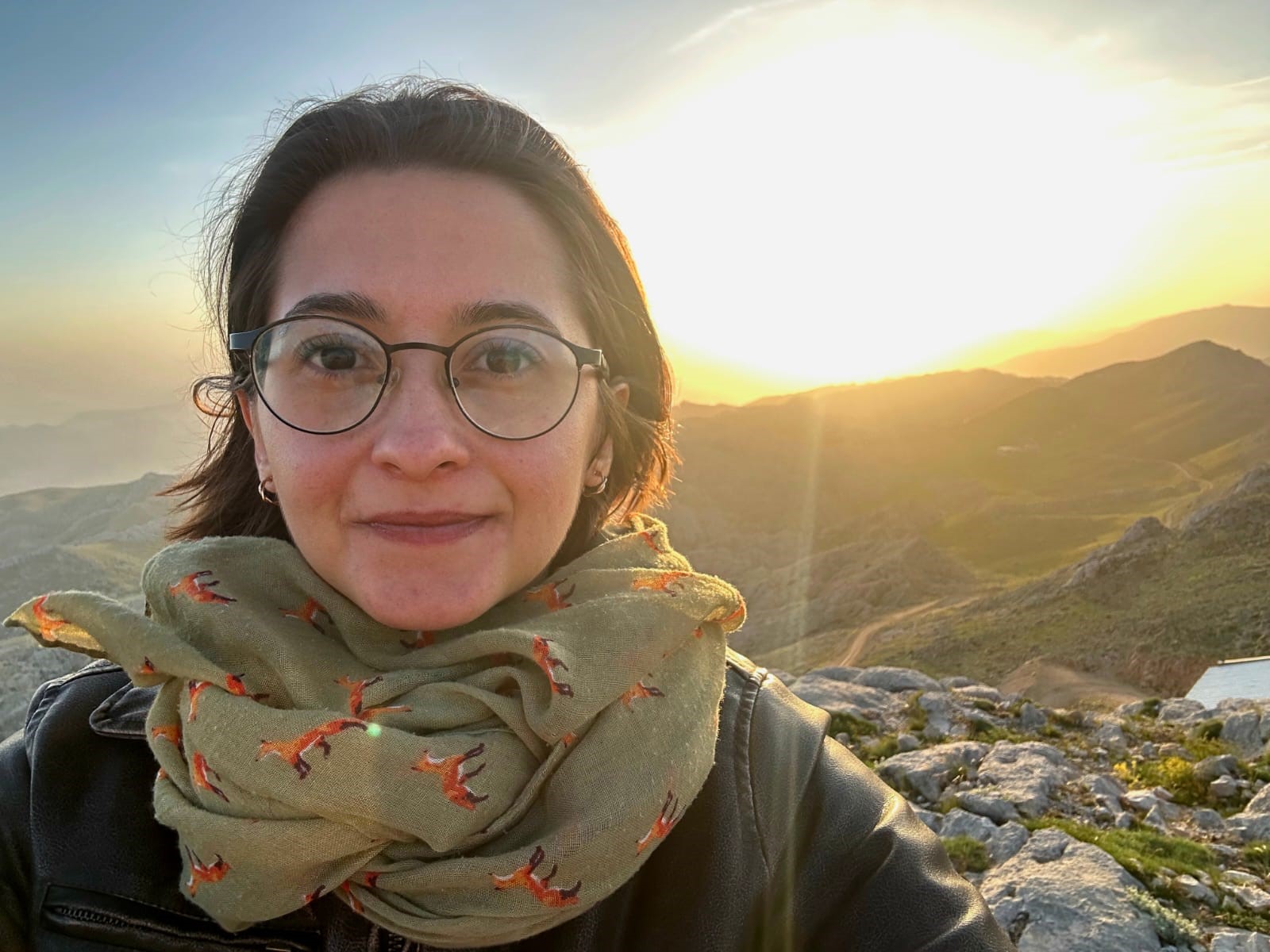
Buse Uysaler
PhD student
Ecosystem Modelling
Tvärminne Zoological Station, University of Helsinki
All organisms within an ecosystem play a role in carbon cycling through their functional integration into food webs. In my doctoral work, I will develop ecosystem models using a food web approach to predict the dynamics and fate of carbon within and between different compartments of the coastal Baltic Sea ecosystem.
Keywords: ecosystem modelling, carbon cycling, food web, benthic-pelagic coupling, coastal ecology
Technicians
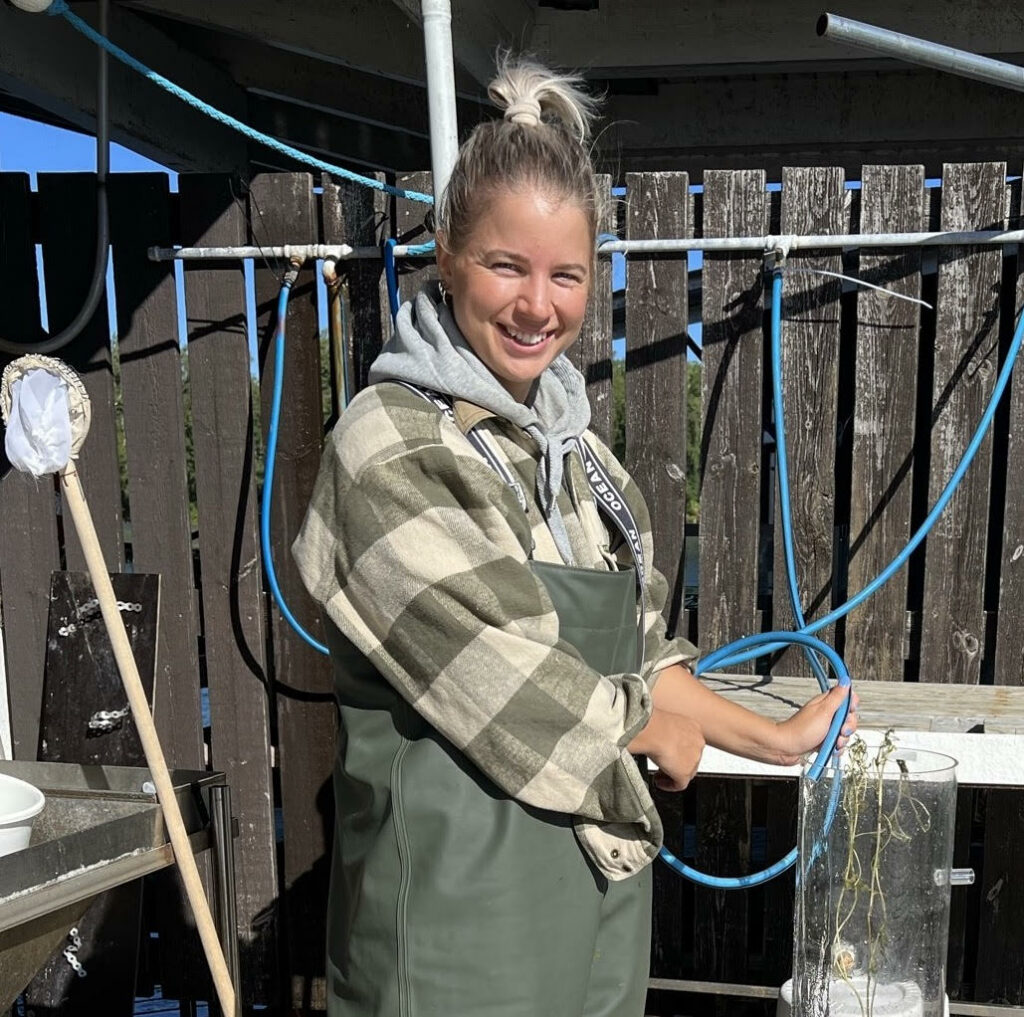
Anna Vesanen
Research Technician
Tvärminne Zoological Station, University of Helsinki
anna-roosa.vesanen@helsinki.fi
My work includes assisting researchers in the field and in the laboratory. My background in marine biology and scientific diving gives me tools to help with high quality research experiments in and out the water.
Keywords: scientific diving, field work, sample processing
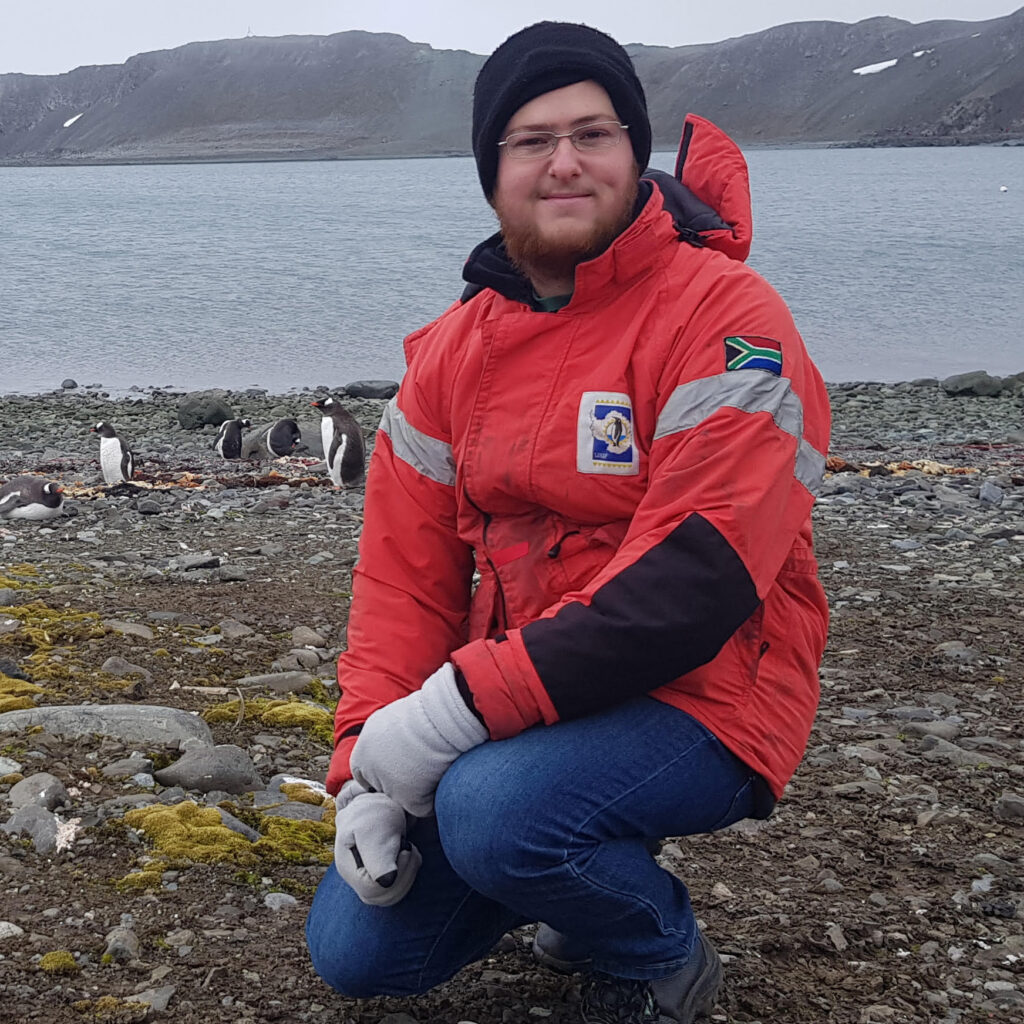
Kurt Spence
Research Technician
Tvärminne Zoological Station, University of Helsinki
My work includes installation and maintenance of sampling instruments and equipment. I also assist the researchers with field sampling and laboratory analysis. I have experience with atmospheric and marine measurements as well as the operation of
equipment in harsh conditions.
Communication
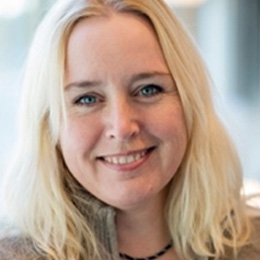
Tina Elfwing
Director at BSC
Communication & Policy Recommendation
Baltic Sea Centre, Stockholm University
My training is in marine ecotoxicology, and today as the Director of the Baltic Sea Centre, I facilitate the overall strategic partnership between Stockholm University and the University of Helsinki in the field of marine research. I have a particular interest in science communication, and I am leading the communication group at the Baltic Sea Centre that aims at conveying the right information at the right time and place to relevant decision makers. Thus, we translate important scientific CoastClim results into decision support and thereby assist management options regarding biodiversity and climate change issues in the coastal zone of the Baltic Sea.
Keywords: science communication, decision support, marine infrastructure, Askö field station
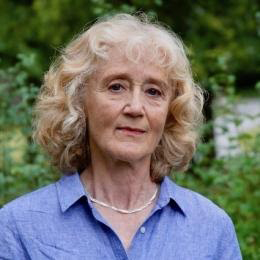
Gun Rudquist
Head of Policy
Communication & Policy Recommendation
Baltic Sea Centre, Stockholm University
My role in CoastClim is to assist in bridging the gap between science and policy by keeping an eye on ongoing policy processes and communicate relevant research results at the right moment, to the right stakeholders. Relevant stakeholders include for instance the EU Commission, members of the European Parliament, parliamentarians from Baltic Sea countries, businesses and the civil society.
I have a background in agriculture (MSc in plant science from SLU) and have worked with extension agencies, development aid, civil society, and business – always with a focus on pushing sustainable development by linking policy and science.
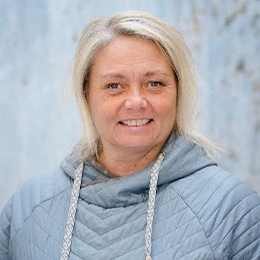
Ilse Klockars
Science Communicator
Communication & Policy Recommendation
Tvärminne Zoological Station, University of Helsinki
My work is to inform and inspire the public about scientific knowledge. I want to share stories about what the scientists results today might mean for climate change in the future. Communicating science is critical to solving the world’s most urgent issues like the ecological crisis. I work with communication in a wide range of forms, from social media to newsletters and organizing events. I also want to inspire the next generation of scientists, science education for children is a part of my work.
Keywords: communication, knowledge, newsletter, writing, stories, science education

Isabell Stenson
Science Communicator
Communication & Policy Recommendation
Baltic Sea Centre, Stockholm University
I work with science communication to make scientific findings tailored, accessible and useful for different audiences outside academia, mainly through news and events. In addition, I coordinate the graduate school “Perspectives on coastal seas in a changing climate” based at Stockholm University, where PhD-students get multidisciplinary training in CoastClim issues.
Keywords: science communication, project management, events, news
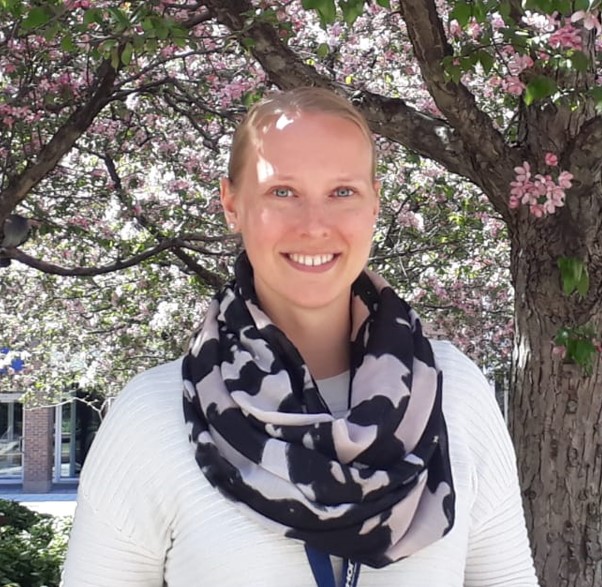
Johanna Gammal
Project planner
Benthic Ecology
Tvärminne Zoological Station, University of Helsinki
As a project planner at TZS my role within CoastClim is to assist with research project planning, reporting and project administration. I am a marine benthic ecologist with an interest in the relationships between benthic macrofauna communities and ecosystem functioning, and especially how these relationships are affected by the multiple pressures our coastal ecosystems are experiencing (pressures such as eutrophication, hypoxia, and climate change).
Keywords: marine biodiversity, ecosystem functioning, coastal stressors, project administration, communication
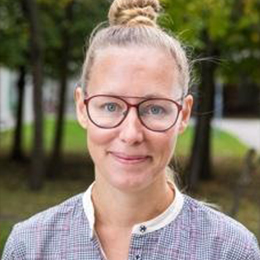
Lisa Bergqvist
Science Journalist
Communication & Policy Recommendation
Baltic Sea Centre, Stockholm University
My work is to make the scientific results and knowledge available for policy makers and the public by writing web articles and other publications, and by making illustrations and videos. I am also engaged in composing and distributing newsletters, organising events, communications support and social media publication.
Keywords: communication, newsletter, writing, video, illustration
Affiliated Researchers:
Agnes Karlson
Camilla Lienart
Clio Hall
Dana Hellmann
Eero Asmala
Elias Broman
Emil Rydin
Fernando Jaramillo
Francisco Nascimento
Inga Koszalka
Iris Orizar
Ivan Rodil
Joakim Hansen
Karl Attard
Laura Kauppi
Linda Kumblad
Mats Westerbom
Saara Mäkelin
Sofia Wikström
Scientific Advisory Board
Hans Burchard, IOW, Germany
Kaarle Hämeri, University of Helsinki, Finland
Karen McGlathery, University of Virginia, USA
Maren Voss, IOW, Germany
Martin Jakobsson, Stockholm University, Sweden
Ronnie Glud, University of Southern Denmark, Denmark
Simon Thrush, University of Auckland, New Zealand
Tuija Jokinen, The Cyprus Institute, Cyprus

